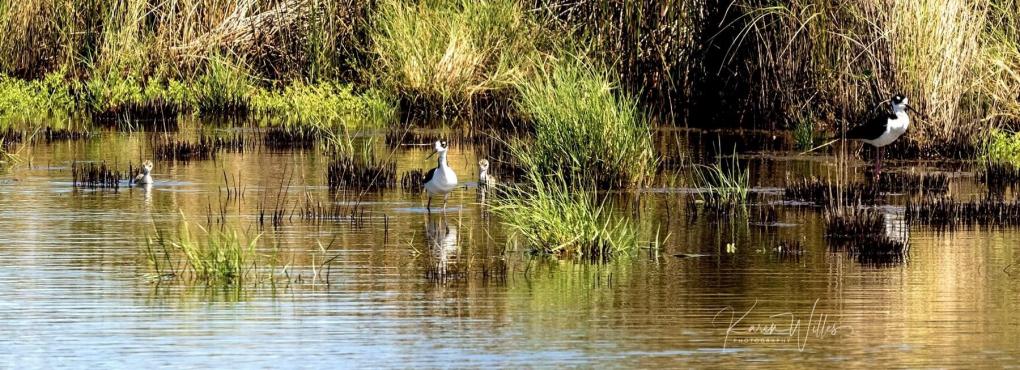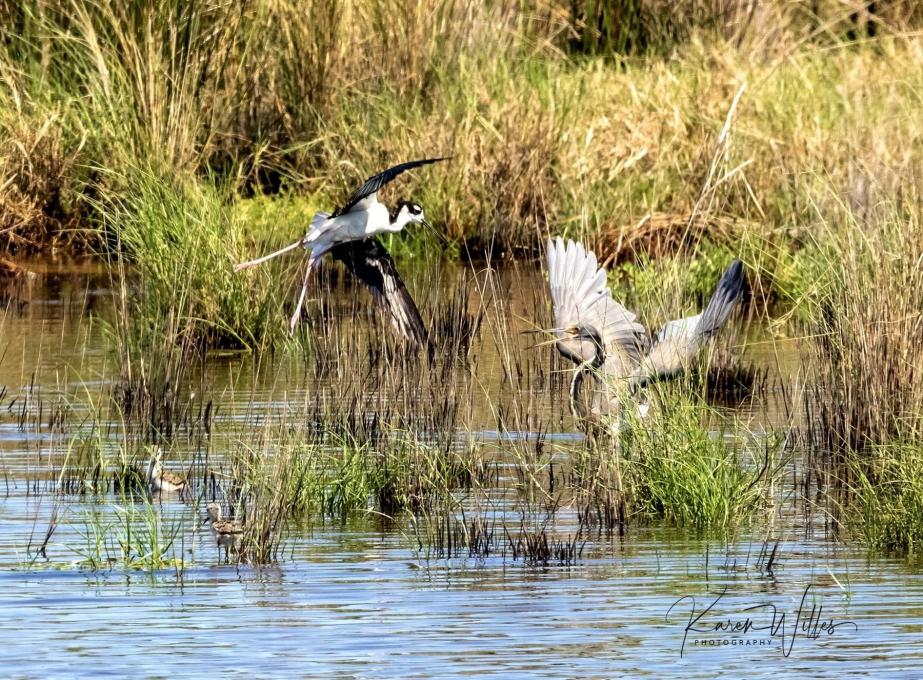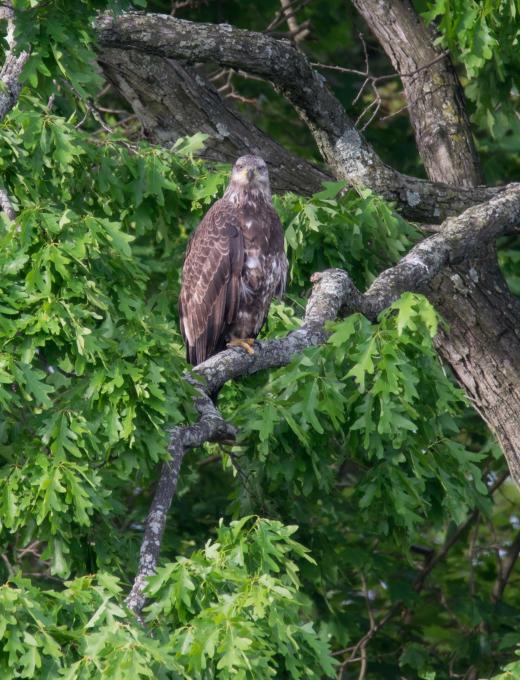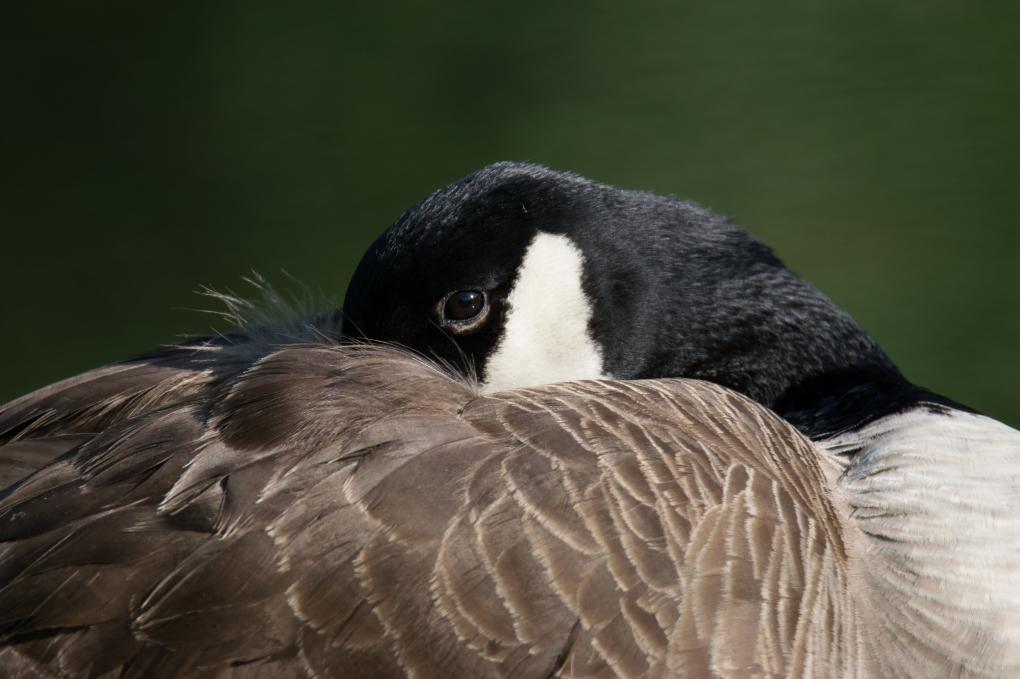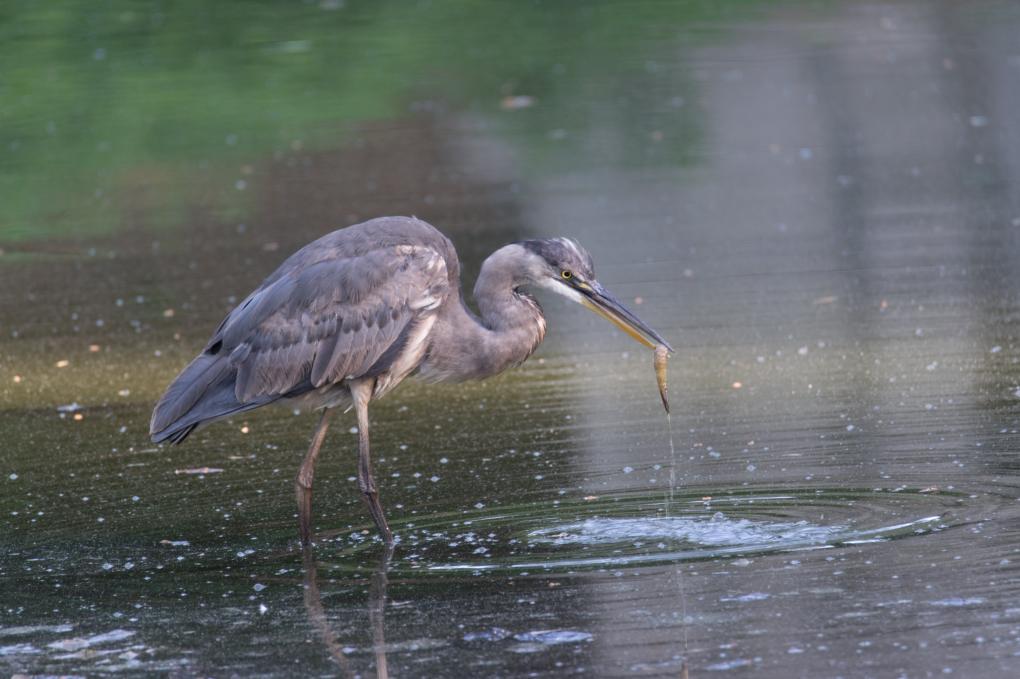The Cornell Lab Bird Academy › Discussion Groups › Bird Photography with Melissa Groo › Practice Understanding Birds for Better Photos
-
Every Spring I wait for the return of the Baltimore Orioles. They generally show up in Connecticut in early May. This year there seemed to be an abundance of these birds in my local park. While they generally hang out high in the canopy I discovered a nest on the edge of a field quite low in a tree. After the young fledged I was lucky to come across the little ones while the parents were feeding them raspberries from the field. In the past I have witnessed the adults aggressively protecting their young but this pair didn't seem to be bothered by my presence. After getting a few shots I left the family to enjoy their berry breakfasts. Unfortunately the Orioles will soon be making their way back down south and I'll have to wait again until next May to hear them sing from the tree tops.


-
Loved seeing the Baltimore orioles.... in southern CA, we get hooded orioles who spend the summer with us. Since taking some bird biology classes in an emeritus program for a couple of years, I've learned to watch for them. They nest in tall palm trees in my neighbors yard, but have visited my yard since I have a fountain. This year, they reappeared in April and were quite taken with the bottlebrush blooms in our yard. Here is a blurry photo (taken with a Lumix DC-FZ80 in automatic mode).

-
-
I did my research on birds that visit my backyard. I usually do bird watching and taking photos at Presque Isle State Park in Erie, Pennsylvania, along the shores of Lake Erie. It has been difficult to take photos at Presque Isle recently. First the water levels at Lake Erie have risen significantly and caused many birds have left or gone deeper into the wooded areas to get away from flooded trails and increasing water levels. The other thing that is driving the birds deeper into the wooded areas, are the number of people coming to the Park to exercise, walk, and bike. The birds and other wildlife are slowly being pushed out of their regular habitats. This is the reason I decided to research my backyard birds. This has been interesting because I have been able to watch Parent birds bring their young into the yard to eat from my feeders and the many berries and other edible plants in the backyard. The research that I did helped me to identify what the parent birds were doing for their young. The young House Sparrow would flap it's wings and run up to the parent bird to get food and as they progressed the young bird started to eat the seed and other food on it's own. The other interesting thing I learned is how everything in my yard is used by the animals that inhabit my backyard. I have a Trumpet Vine and the rabbits that come into the yard eat the fallen petals from the Trumpet Vine. My pictures are not as clear as I would like because I took the pictures from my window rather than try to go outside and take pictures and disturb the House Sparrow Parent feeding it's young. I appreciate what I have learned in this lesson, and through my research, because I feel like I pay closer attention to the behaviors demonstrated by the birds and other animals, and with background research
 understand why the birds are demonstrating the behaviors I observe.
understand why the birds are demonstrating the behaviors I observe. -

-
So yesterday , I used e-bird to see what others were sighting at Quivira Wildlife Refuge, which I like to go to every couple of months. I still find the site a little over whelming but will continue to use it as a tool. I usually use my car as the blind, but I did try stabilizing the lens with my hand when extended and liked the feel of that. I am sharing 3 of my better photos from yesterday. Eastern Kingbird
 Mourning Dove
Mourning Dove Red-winged blackbird
Red-winged blackbird
-
Since March, sheltering indoors with the corona virus, I have spent time observing Scaled Quail who live in the arid, undisturbed prairies which surround my home in southeastern Colorado. April is the start of breeding season. My photo shows three very young quail just starting to venture a few yards away from their parents, baby steps to leaving the nest. My favorite insight is that Scaled Quail are extremely protective & cautious parents, who will chase off any other birds who get near their chicks. The male acts as a guardian, constantly surveying the surrounding area for any potential predators, allowing his mate (for LIFE!) a chance to eat with their chicks in peace. They eat seeds of trees, shrubs, sunflower seeds and "forbs"/non woody plants, like the Russian thistle weeds, otherwise known as tumbleweeds!

-
Very cute! I observed the exact same behavior in California Quails.
-
@Isabelle Thanks for your interesting fact, & yes I think they are very cute too Isabelle! It's amazing that the range of the Scaled Quail and is concentrated only in the southwest: CO, AZ, western Kansas, western Texas, south to central Mexico. They are the only quail who don't have black on their faces.
-
Gosh, I will have to look for these birds. I am only familiar with Gambels Quail. Your photo will help me remember them.
-
-
Ridgway 1889 said, the Bewick's Wren "... explores the garden fence..." and that is where I see one or two of them everyday as I eat my lunch outside on my back patio. I regularly see them finding what look to be moths on my shaggy fence. The one photographed today seems to be a young bird, and it was peeping regularly back and forth with another of its species. Notice that there is an annoying and distracting yellow stick/line in the background -- something that Melissa warned us to look out for! With birds that rarely sit quietly, it's hard to avoid sticks. (As an aside, I would note that all the photos uploaded here seem rather "soft" as if the quality of the upload is not great. My photo looks quite sharp on my computer, but here seems a little blurry.)

-
Our home is in a mixed woodland environment with some open areas, and a marshy pond area adjacent to it. It's the perfect habitat for the violet green swallow. Their preference of catching insects on the wing has certainly become a welcome activity for us (goodbye annoying flies, wasps and gnats!) and their aerial acrobatics are captivating. This is the second year we have been fortunate enough to have a family of violet green swallows nesting in one of our canned lights in the gable over our patio. The parents don't seem to be bothered by our presence and it has provided a great opportunity to observe their natural parenting behaviors. When getting ready to feed, a parent will circle, flying closer and closer to the nest each time, and softly chattering. The baby birds will respond louder and louder until the parent lands, feeds, and quickly flies off again. It's been difficult to catch the parent in focus but it's been a blast watching the babies grow!



-
Oh wow! The violet- green swallows are such a gem! I’d love to have a nest in my backyard. Thanks for sharing this cuties.
-
Absolutely gorgeous!
-
Fascinating looking at your photos...we never know where we will find interesting bird behavior, do we?
-
-
I decided to research red-winged blackbirds as I have been watching males harass much larger birds chasing them away from the marsh by my house as well as dive bomb people as they walk down their boardwalks to the beach. As I researched, I learned that they like to build nests in grasses in or near fresh water marshes. This morning, I went out early and followed the a male until he went to a suspected nest in the marsh. I quickly spotted the female as she flew. I’m not quite steady yet to get great moving shots, but here are a few. The middle picture is my surprise picture. The male was sitting on the twig that is out of focus. What I didn’t realize until I reviewed my photos was how he was able to take off like a rocket, in a completely vertical direction.



-
Many species of birds here in Malaysia are with little research information. We do not know much about their habitat, food sources, nesting season or any distinctive behaviour. To identify them by sound is not easy because most of the time we could hear their callings but couldn't see the birds. There are quite a number of migratory species here, suspect a few have already become residents. There is worrying sign of diminishing bird species caused by reducing natural forest coverage and connectivity. To conserve the remaining species is a big challenge. But the challenges could become opportunities. I am going to confront this challenge by bringing greater public awareness of the many beautiful birds that live in our forest. The best way to do this is by photographing, capturing exiting moments of birds' interesting behaviour in the wild. Begun with the first bird of interest - Little Green Pigeon.

-
Beautiful!
-
You are taking on an important challenge and others will love your photos and the story you can eventually share. Kudos to you!
-
-
I decided to research and look for the Scissor Tailed Flycatcher which is a common summer migratory bird in my area. They can typically be found in open fields, lots or parks where some lone trees are near by for nesting. They can easily be spotted perched on feces line or electrical lines surveying their surrounding for food. Their diet consists of insects and they typically catch on the fly which can be so fun to watch. I was really looking for their in-flight acrobatic moves I did see these but was not able to get any good photos. I used e-Bird to determine a good location to go look at some had been spotted by the local lake. I was able to spot a male, female and 3 juveniles flying, perching and doing some aerial acrobatics. The photos are of the male landing on a perch down by the lake.


-
What beautiful birds! Thanks for sharing the lovely photos.
-
I love photographing these birds and your photos are absolutely beautiful! 1
-
What stunning birds and excellent photos.
-
-
I am so fortunate to live on a property which is home to many species of birds. There are owls, hawks, ospreys, warblers, and many, many others. One of my favorite subjects are herons, specifically, night herons, which I have the opportunity to see Hunting along the shoreline and Roosting in the trees. I’ve learned a lot over the years from just observing them but found the Cornell site and the Merlin app very helpful in learning about their mating, nesting and community habits. Thank you Melissa! I would love to hear from and see any photos from the rest of you taking the course. Here are shots of two black crowned night herons and a juvenile yellow crested night heron. The light was poor on the black crowns and the lens is lImited to 6.7 aperture here.



-
I enjoyed your photos of herons, as I also am fascinated by them. A recent surprise for me has been to learn that there is a large rookery of black-crowned night herons not too far from where I live in urban Chicago. I had seen a small number of them in past years near the Lincoln Park Zoo, but the number is quite large now -- possibly even a few hundred. I have grown to appreciate the diversity of birds and other wildlife in the city, which gives me a lot to observe right here without traveling too far.
-
-
I live in St. Louis, Missouri. For the past 8 years, we have had a pair of breeding Mississippi Kites return to our neighborhood. They arrive like clockwork on May 8-11 and leave for South America August 29-31. This year, they have a sub adult kite with them. They court and mate in our old elm tree in the front yard and their juvenile offspring beg to be fed from same tree before they depart. This year I found one of their nests. They appear to making a second nest simultaneously that I have not located. I found all research on All About Birds. My photo of the couple in our tree features the male kite leaving the "frame" which is not technically a good photo technique but is certainly typical of trying to catch a photo of these dynamic birds.


-
I discovered this Gray Catbird nest while the mother was still on her eggs and returned often for additional shots. I really wanted a photo of her feeding her young (there are 3), but I became aware that while I was taking the photo of them crying out for food, the mother was actually on a lower branch watching me, clearly not coming back while in my presence. I left immediately and this is the last picture I took. I was pleased to hear Melissa's discussion of the Kingfisher nest because it solidified my gut feeling about moving away from this nest.

-
 I found this adult Cooper's Hawk with a meal because one of two young ones was begging for food. I kept hearing this sound, looked up and here was this sight, with one young one looking on and the other making all this racket. I was looking for warblers! Ha!
I found this adult Cooper's Hawk with a meal because one of two young ones was begging for food. I kept hearing this sound, looked up and here was this sight, with one young one looking on and the other making all this racket. I was looking for warblers! Ha!
-
Beautiful pic!
-
-
While visiting my parents and brother in the foothills of


 rural central Montana I was fascinated by the family of Ravens. First I noticed the size. They were the size of a small child. Then their call. Frequent and loud with a gravely texture. At times annoying and other times endearing. As I choose them for a subject I witnessed their graceful flight patterns. They became distressed when I edged near their nest and I chose to not go any further. After a few days of rain they hunted and foraged close to our house. Worms seem to be a fine appetizer
rural central Montana I was fascinated by the family of Ravens. First I noticed the size. They were the size of a small child. Then their call. Frequent and loud with a gravely texture. At times annoying and other times endearing. As I choose them for a subject I witnessed their graceful flight patterns. They became distressed when I edged near their nest and I chose to not go any further. After a few days of rain they hunted and foraged close to our house. Worms seem to be a fine appetizer -
I know a fair amount about our local birds, but there are always surprises. We have an Oriole feeder. This Spring several Baltimore Orioles would stop by to eat oranges and grape jelly (see below) No surprise there. They were likely migrants as they eventually disappeared. To my surprise when we put out a Hummingbird feeder the year it also attracted Orioles, who could reach the nectar. This should make it possible to get a picture, if I'm patient enough, since they seem to make the rounds of the neighborhood.

-
Hooded Orioles visit my hummingbird feeders as well. In fact, they are so used to them, O stopped using the "Oriole" feeder.
-
-
 I see swallow-tailed kites regularly these days. In this shot, a juvenile kite sat on the branch in this loblolly pine in my back yard while its parents circled around and brought it food. This went on for more than an hour. I love to watch these birds soar over my neighborhood.
I see swallow-tailed kites regularly these days. In this shot, a juvenile kite sat on the branch in this loblolly pine in my back yard while its parents circled around and brought it food. This went on for more than an hour. I love to watch these birds soar over my neighborhood. -
I also spent some time watching a family of European barn swallows, observing how the young ones would start opening their mouths and calling before a parent came along to feed them, allowing me to get my camera at the ready.



-
these are really great shots.
-
@Kevin Thanks, Kevin
-
These are fantastic!
-
Wonderful shots. Swallows are so hard to photograph in flight.
-
nicely done.
-
-
I live in the Netherlands so you might see some different birds from me. I listened to stonechat calls on the internet and tried to figure out the difference between the male and female calls. While doing so I found out why the bird is so called - because part of their call sounds like two stones being knocked together. I went to observe them at a local nature reserve as they are very vocal at the moment. They each had a similar pattern - the males at least - doing the same call, flitting to another spot, calling, then flitting to another spot and basically repeating the circuit. This helped me figure out where they might fly to next and how long they would stay there.



-
Nice shots and what a beautiful bird, thanks for sharing!
-
How interesting Lynsey, to read about the different calls and then see your great photos. Thanks!
-
Beautiful. Enjoyed reading the your post about their call.
-
Cute colorful bird, stonechat. I liked reading about the calls and how you approached learning the differences. Great idea.
-
-
- We researched a new place nearby from the previous lesson by looking at the Explore tab on EBird. We also went out earlier than we we often would, again after the previous lessons! We saw more birds due to doing an auto trail and using the car as the blind. Can’t believe how much we’ve learnt already! Saw a number of birds we’d not seen before including the Dickcissel and Northern Bobwhite.


-
Great shots. Bobolink is a goal for me. :-)
-
What an unusual birds. Thanks for sharing these lovely photos.
- We researched a new place nearby from the previous lesson by looking at the Explore tab on EBird. We also went out earlier than we we often would, again after the previous lessons! We saw more birds due to doing an auto trail and using the car as the blind. Can’t believe how much we’ve learnt already! Saw a number of birds we’d not seen before including the Dickcissel and Northern Bobwhite.
-
I have been doing some bird photography close to home. Photos of the House Sparrow, American Robin, and Common Grackle were taken in my backyard. I enjoy watching the American Robins in my backyard hopping along the ground and listening for worms and larva that they pounce upon. House Sparrows are common and capturing the Grackle with a load of food in its beak was special.



-

 The virus has supplied both my wife and I with lots of time to observe our neighborhood friends. As recommended we have spent hours just watching their parenting and feeding traits. Knowing in advance where their favorite haunts are allows for planning the images. Our Atlanta backyard offers a lot of options for viewing entire families.
The virus has supplied both my wife and I with lots of time to observe our neighborhood friends. As recommended we have spent hours just watching their parenting and feeding traits. Knowing in advance where their favorite haunts are allows for planning the images. Our Atlanta backyard offers a lot of options for viewing entire families. -
Mary Jo I love your photos, I have many photos of bluebirds but these are exceptional

-
-
 Found this Tricolored Heron at the junction of the marsh and beach on Tybee Island, Georgia.
Found this Tricolored Heron at the junction of the marsh and beach on Tybee Island, Georgia. -
Love Tybee Island, visited a couple of times when we lived in Tennessee. Miss both places. Nice lighting on the heron. Maybe you know this, but there is a state park, Skidaway Island State Park, a short drive from Tybee Island. They have a nice short walking loop with many birding opportunities and a great viewing window at the visitor center. The Painted Buntings migrate to this area and return South in the fall.
-
-
This year Black-necked Stilts nested at St. Marks National Wildlife Refuge in Florida in a marshy area along the main road to the Lighthouse that allowed for observations and photographs through a long lens or spotting scope. I thought the chicks would look like little dark fur balls like Common Gallinule chicks. Not so! These little ones were so well-camouflaged that the only way to see them was to look for movement or, perhaps, see their reflection in the water. I, also, was able to watch their parents defend them from other birds including a Tricolored Heron that was much larger than the stilts. The stilts were fearless protectors of their young.


-
The little ones look so different from the parents. Lovely photos!
-
-
The silver lining of the COVID pandemic has been time to spend in our local cemetery (Green-Wood in Brooklyn, NY), which is an amazing spot for birdwatching. I’ve learned so much this spring, from observing the migration of many warblers, to a juvenile bald eagle who took up residence for a few weeks, to various herons, a family of six Canada goslings and their very vigilant parents, two broods of mallard ducklings that haven’t fared so well, a family of two baby red-tailed hawks, and many more.



-
Cemetery are actually an awesome place to observe birds. Another great place are public parks, birds are used to people walking around not minding them and I found that they are easier to approach than in wilder areas.
-
Read More:
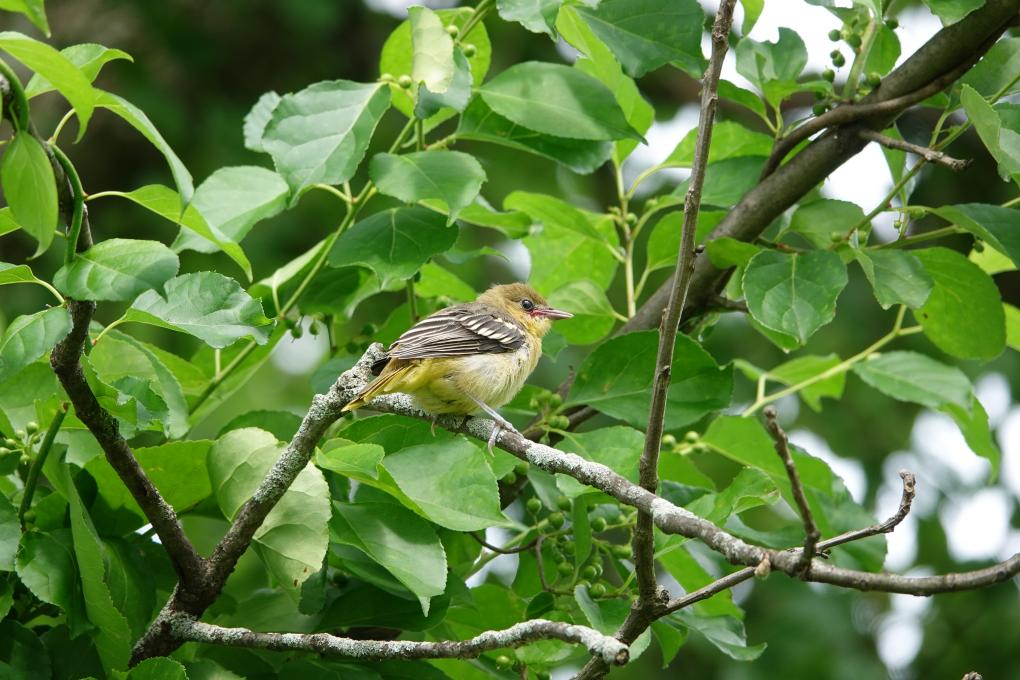
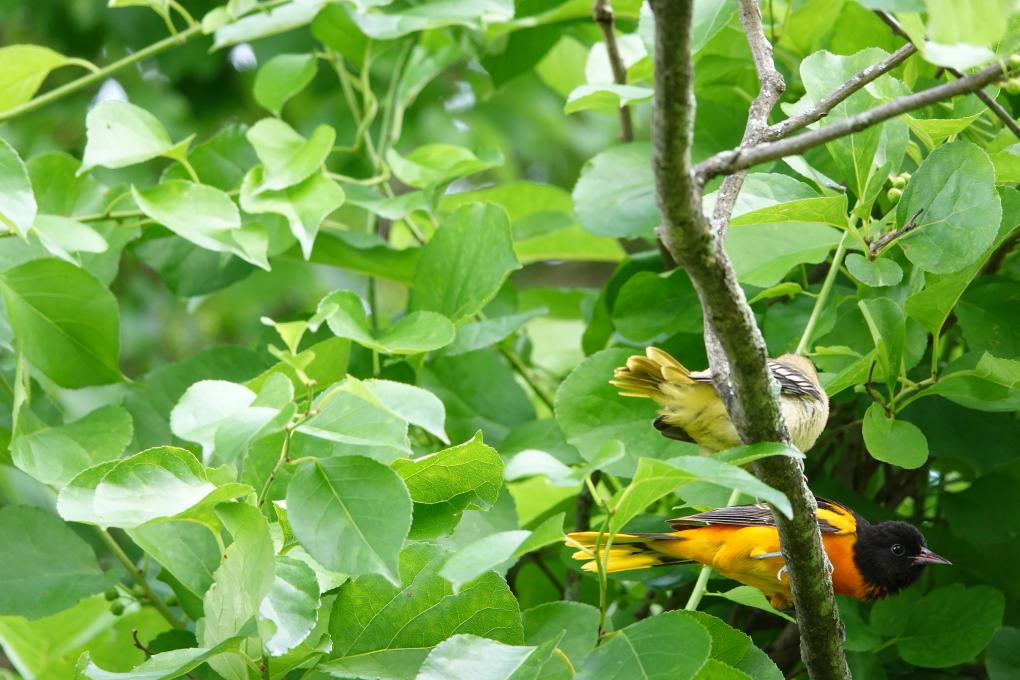
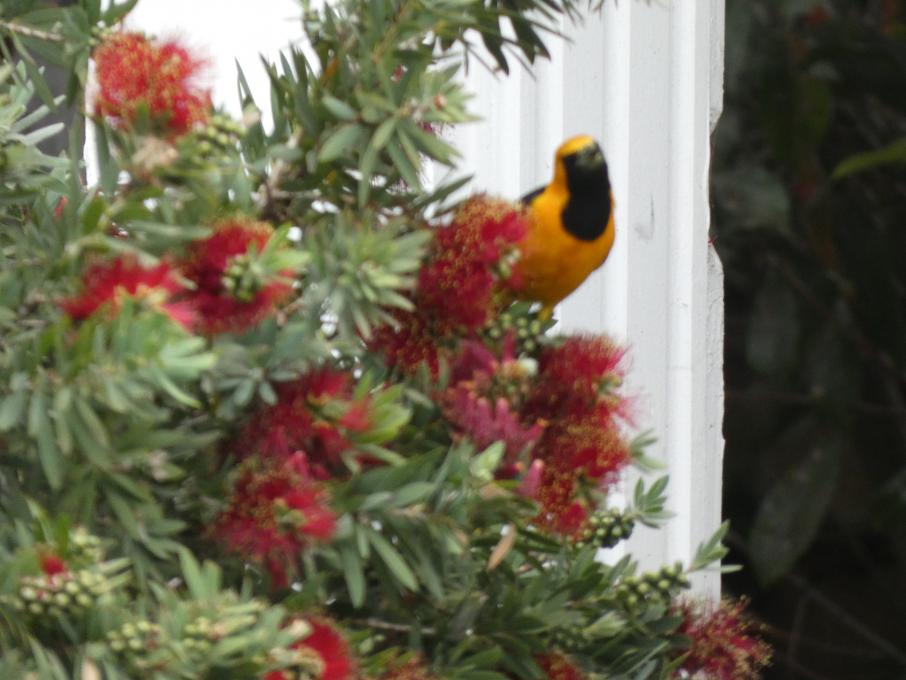
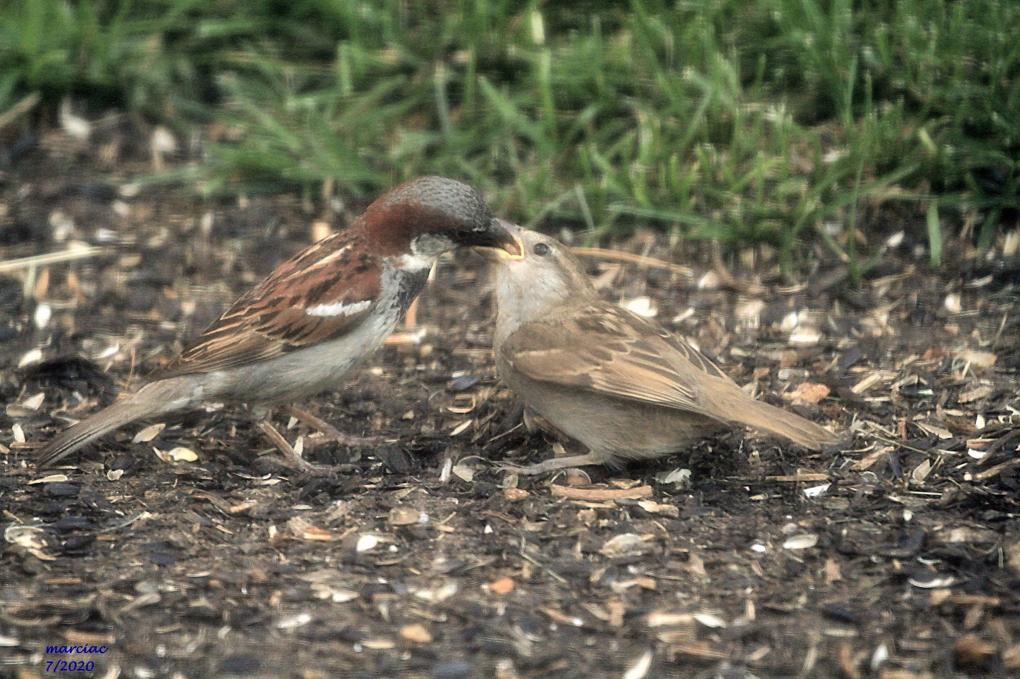 understand why the birds are demonstrating the behaviors I observe.
understand why the birds are demonstrating the behaviors I observe. 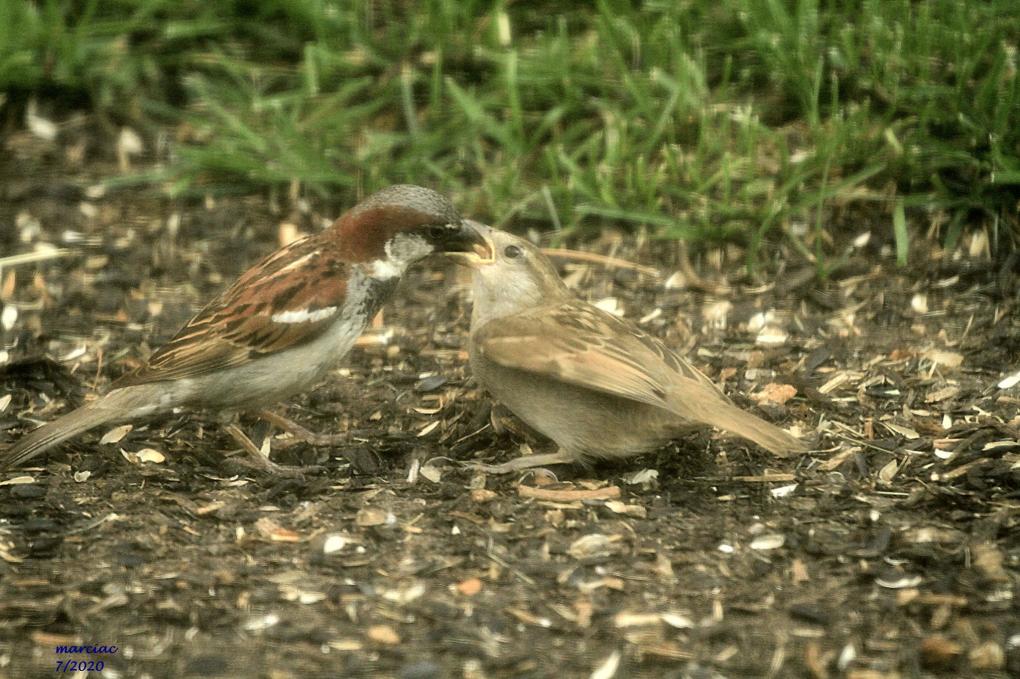
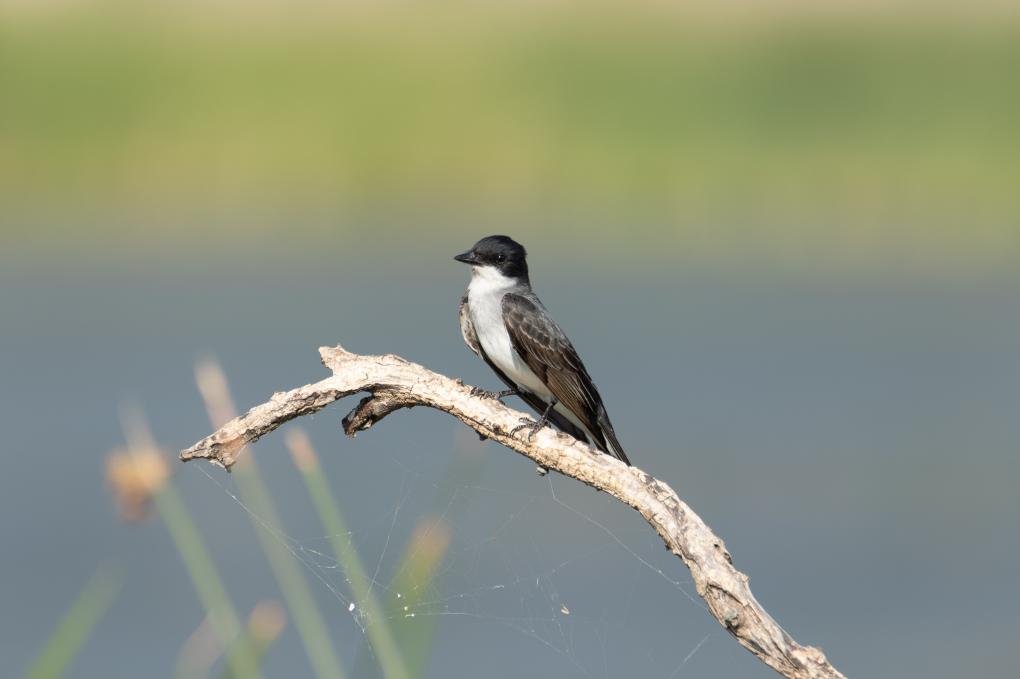 Mourning Dove
Mourning Dove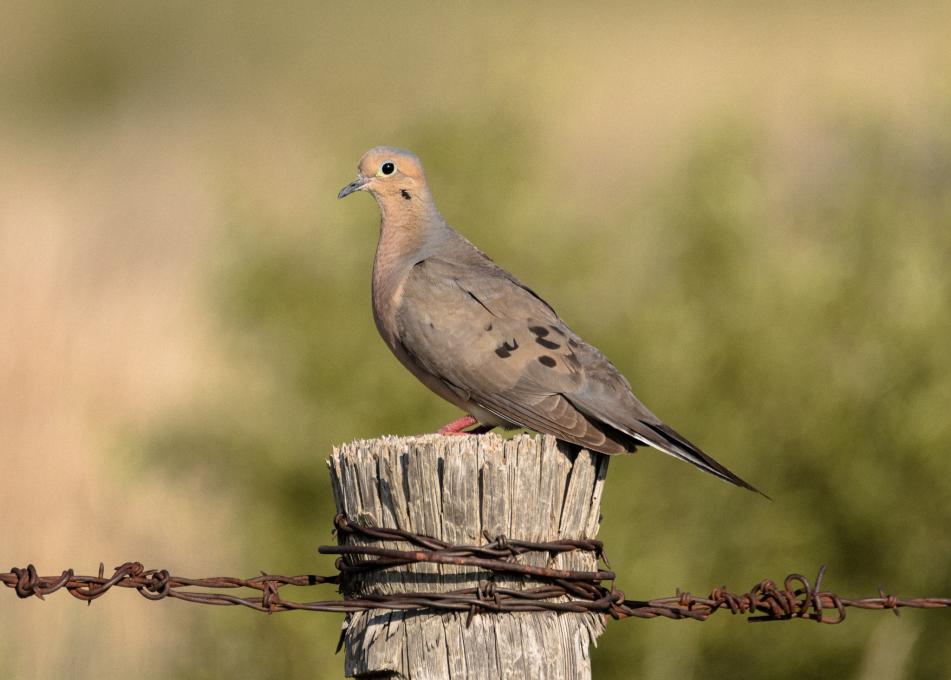 Red-winged blackbird
Red-winged blackbird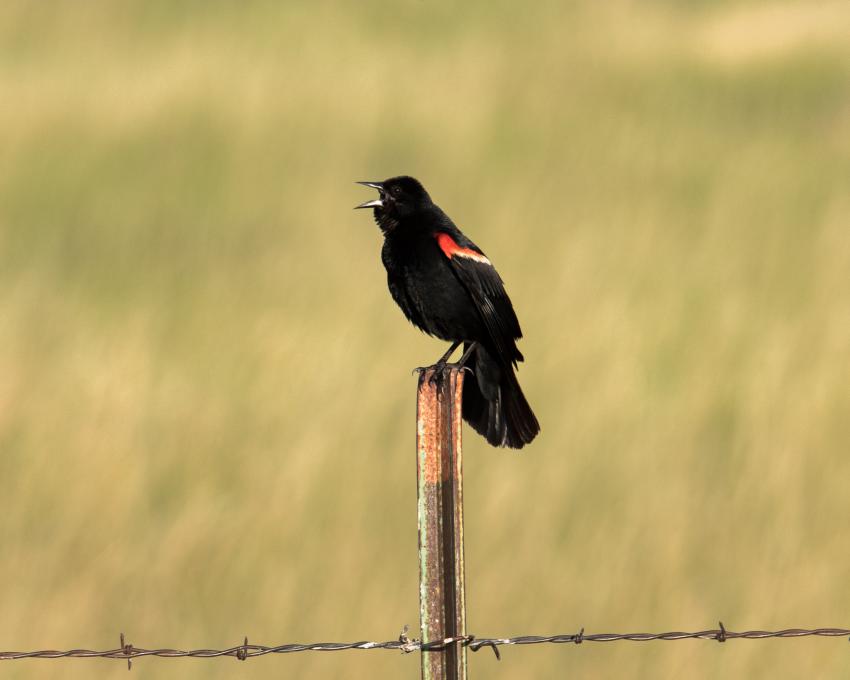
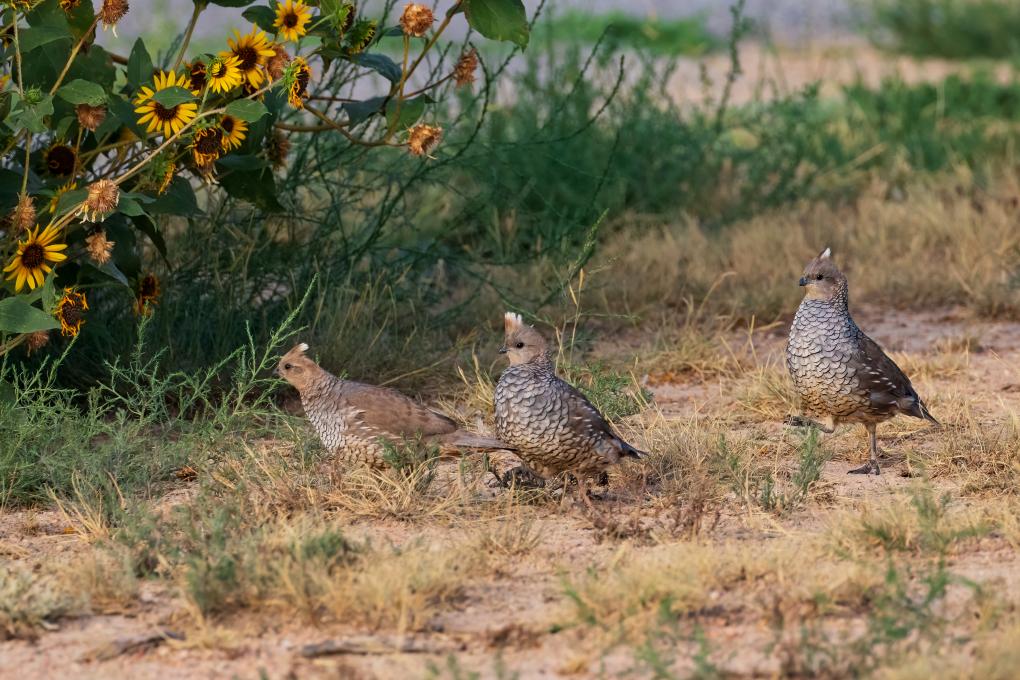
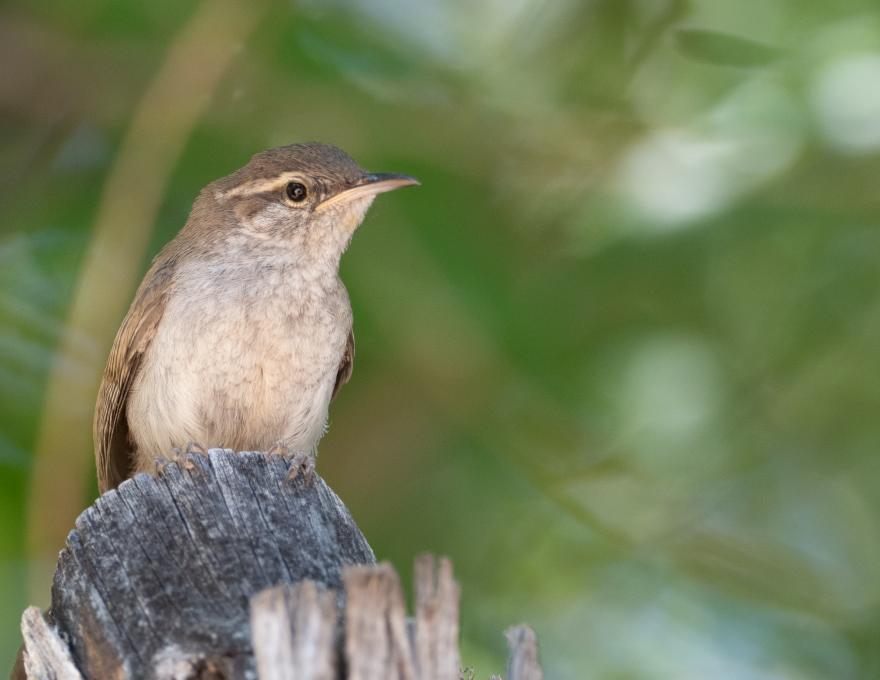
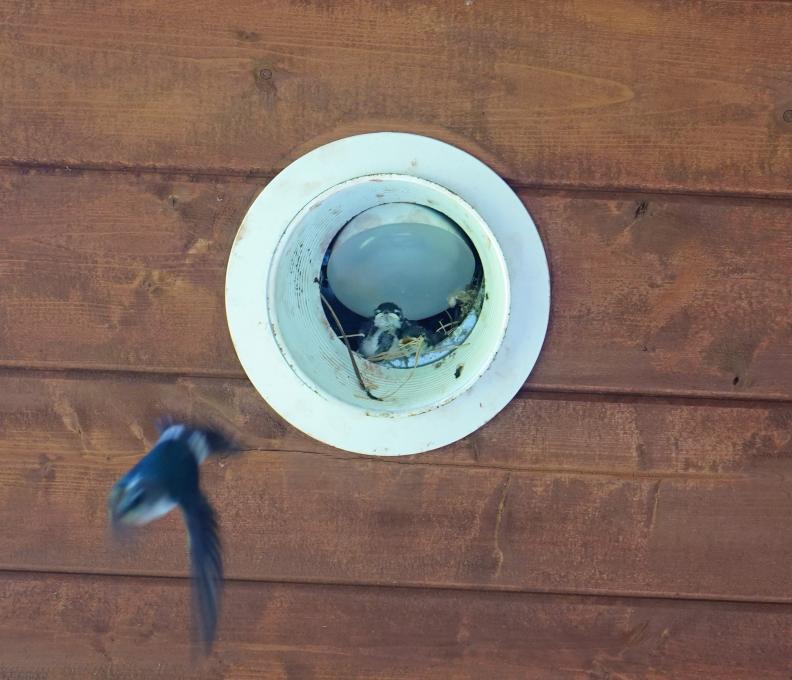
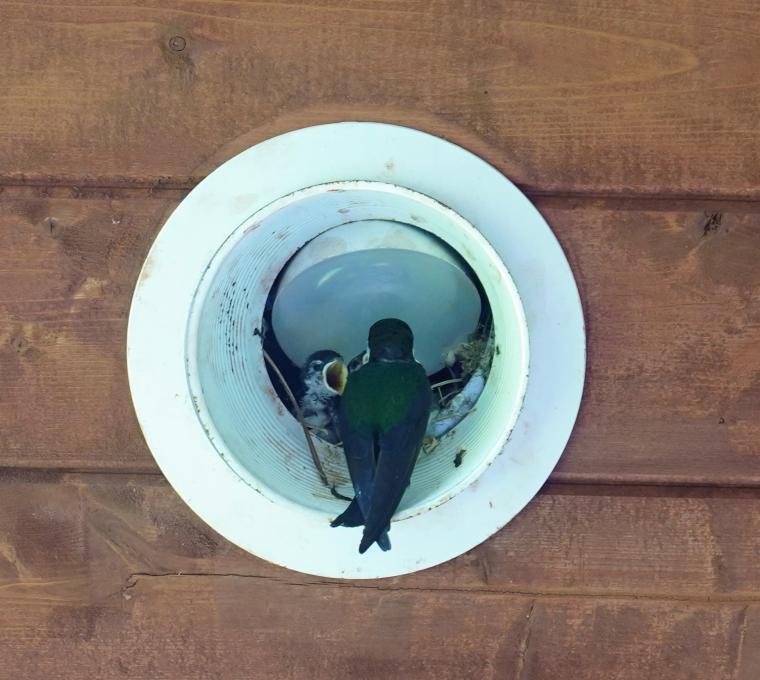
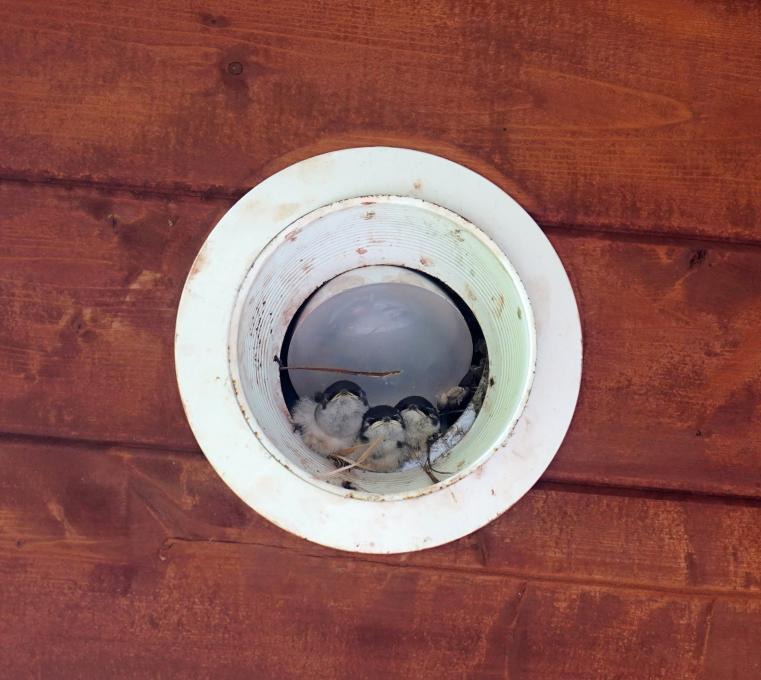
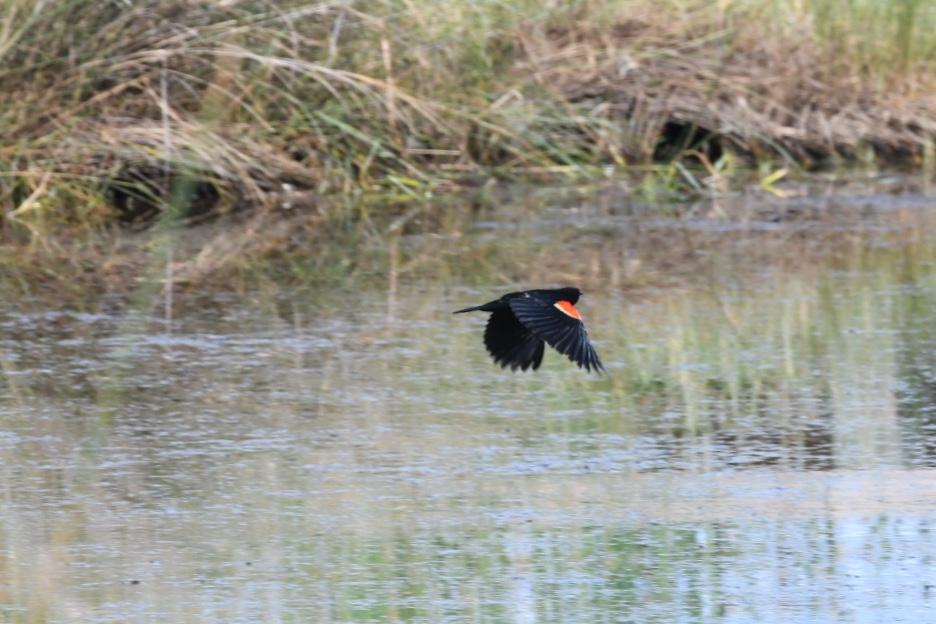
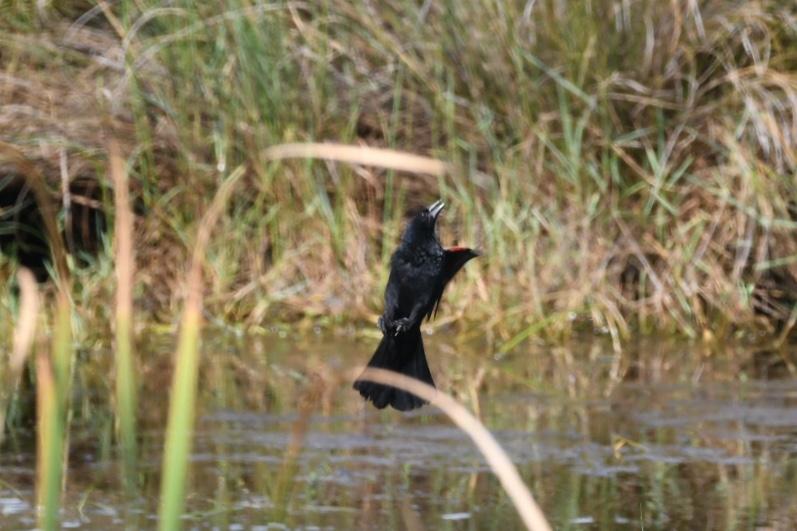
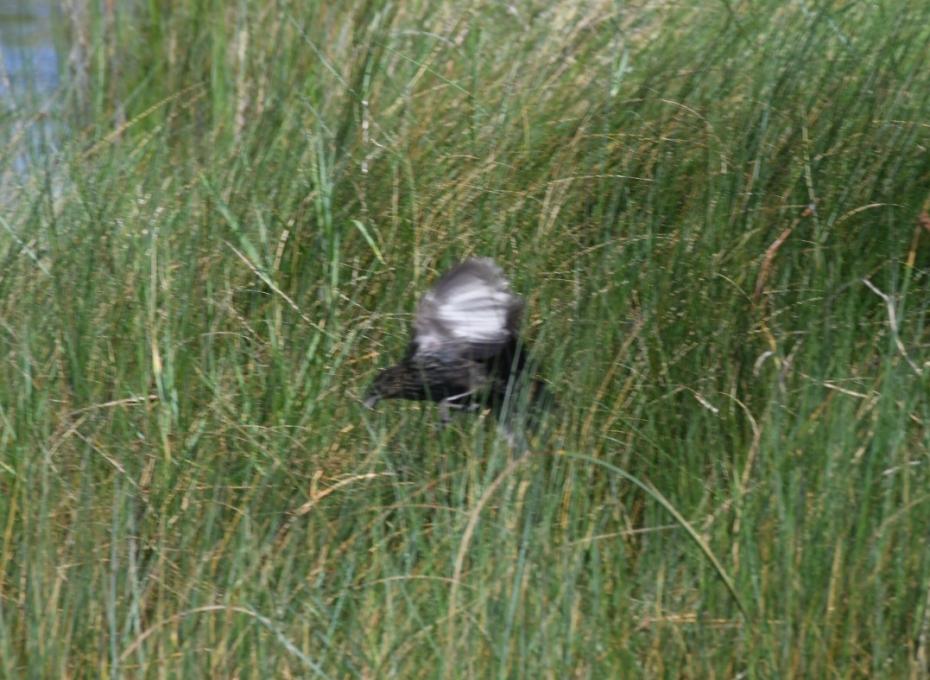
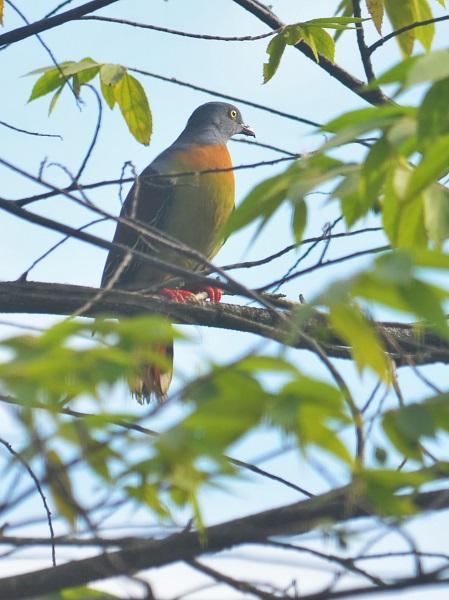
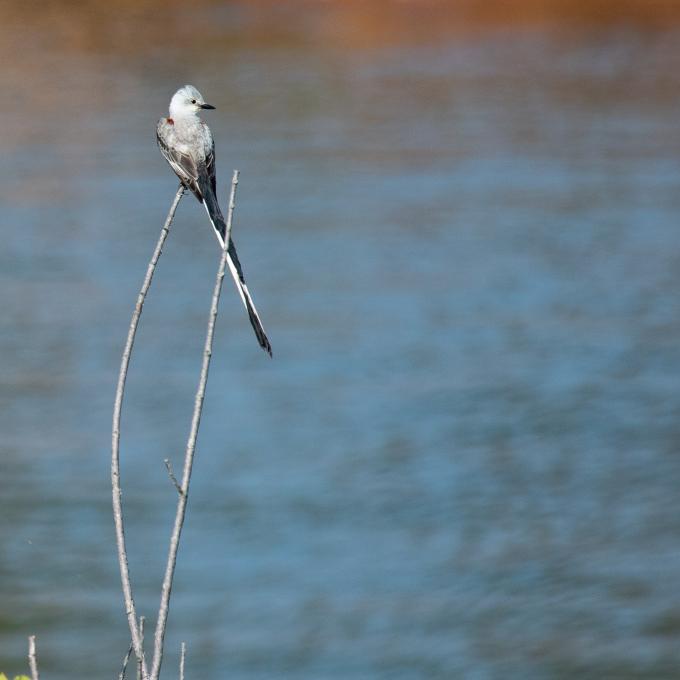
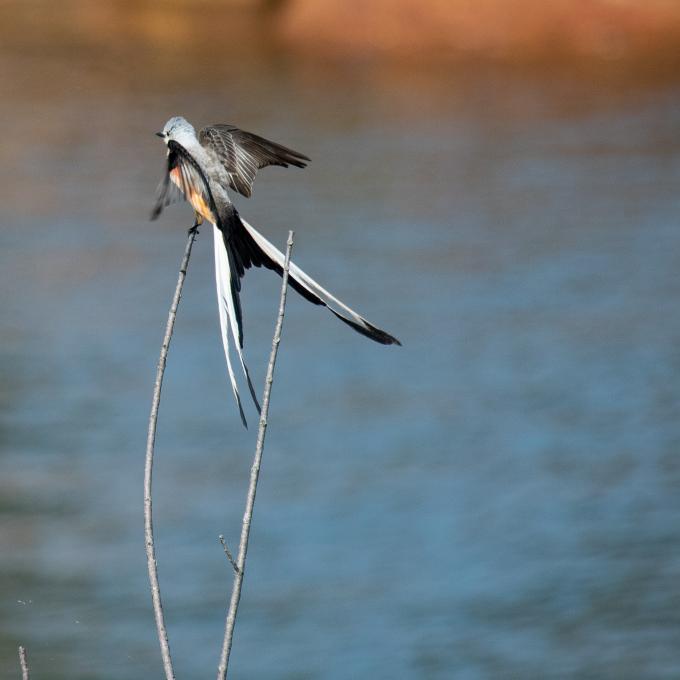
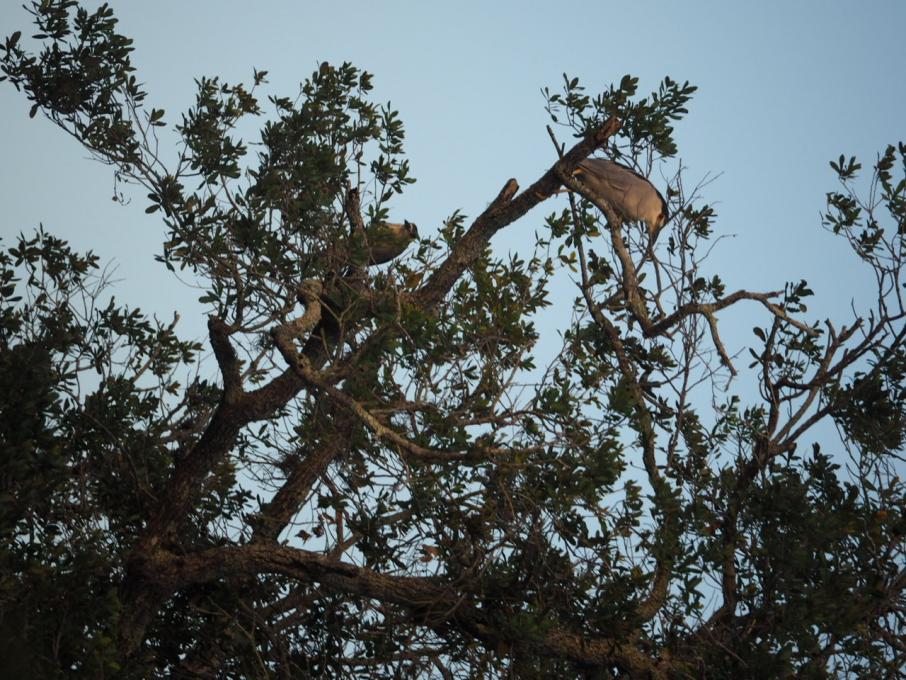
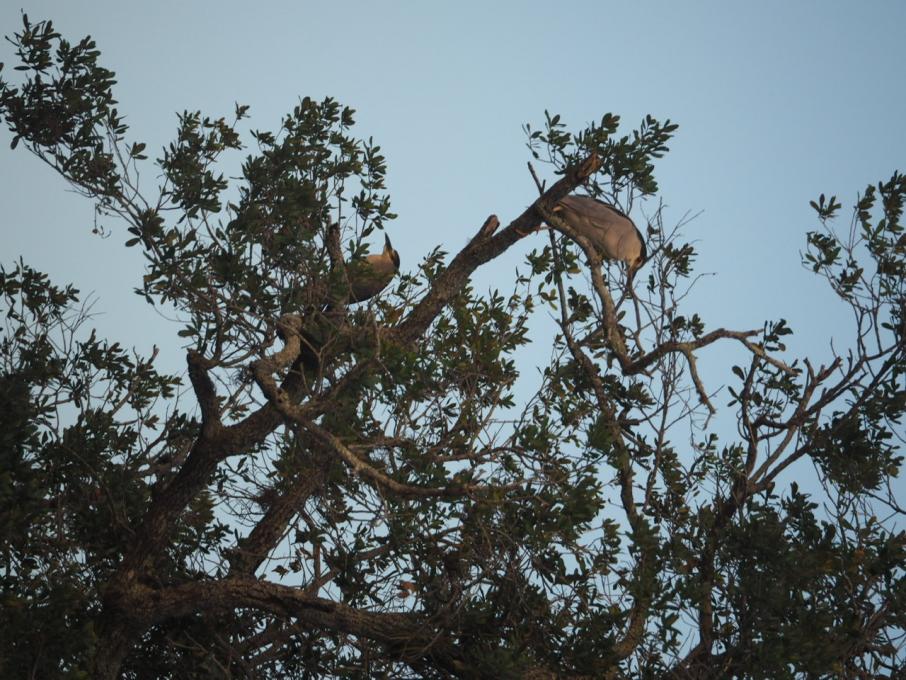
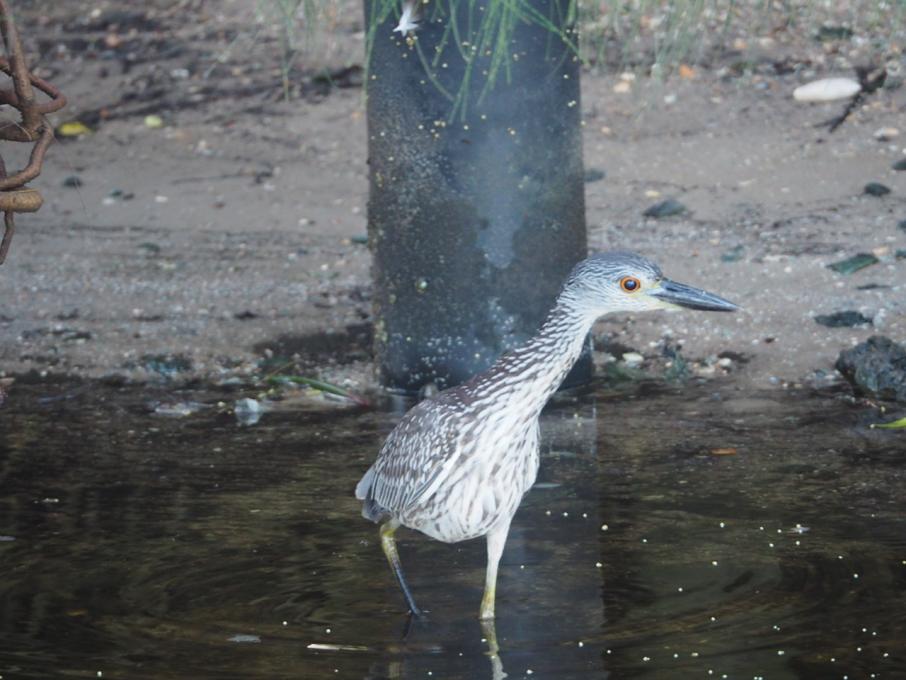
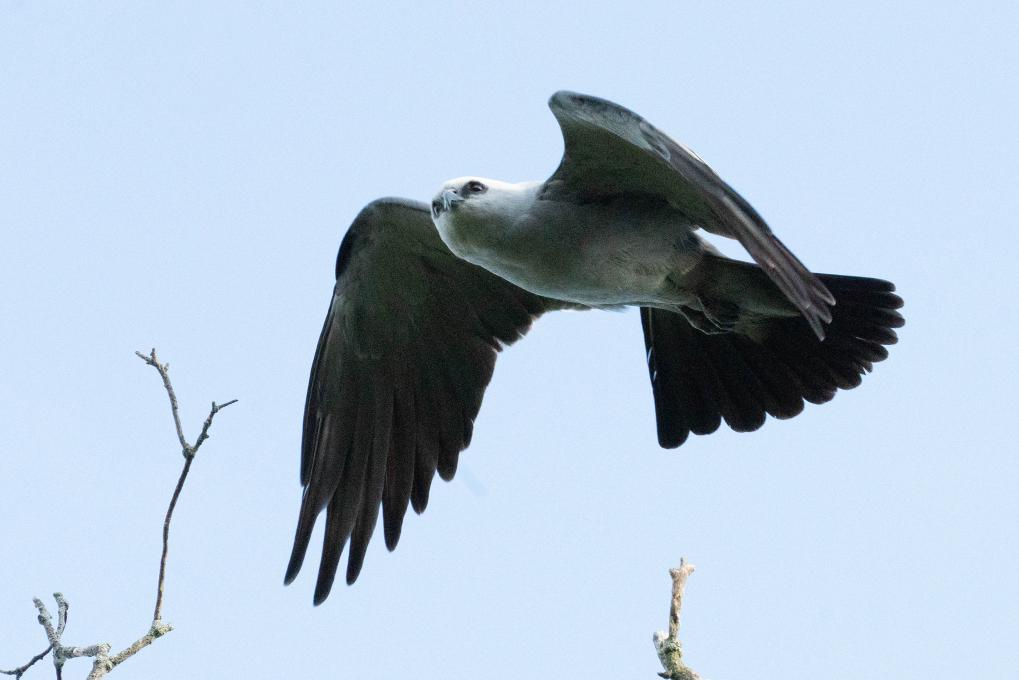
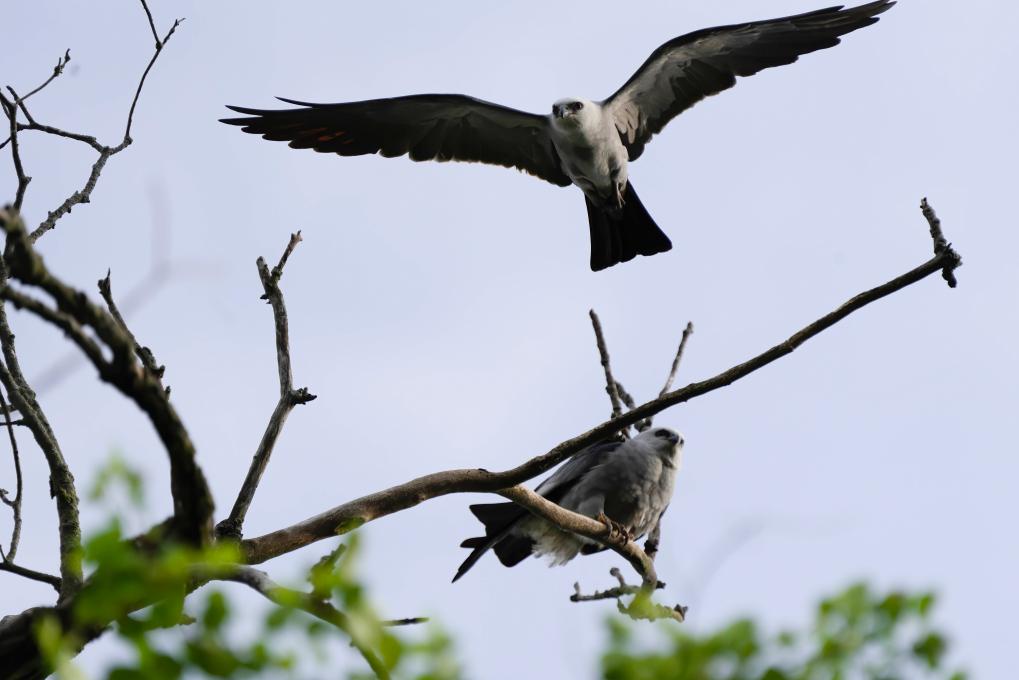
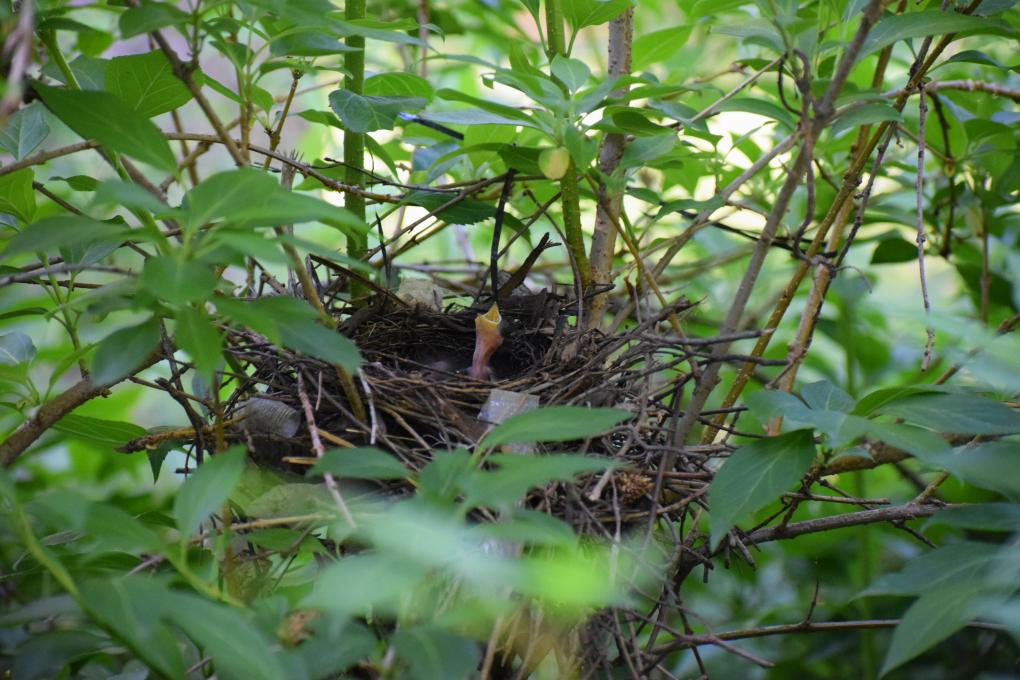
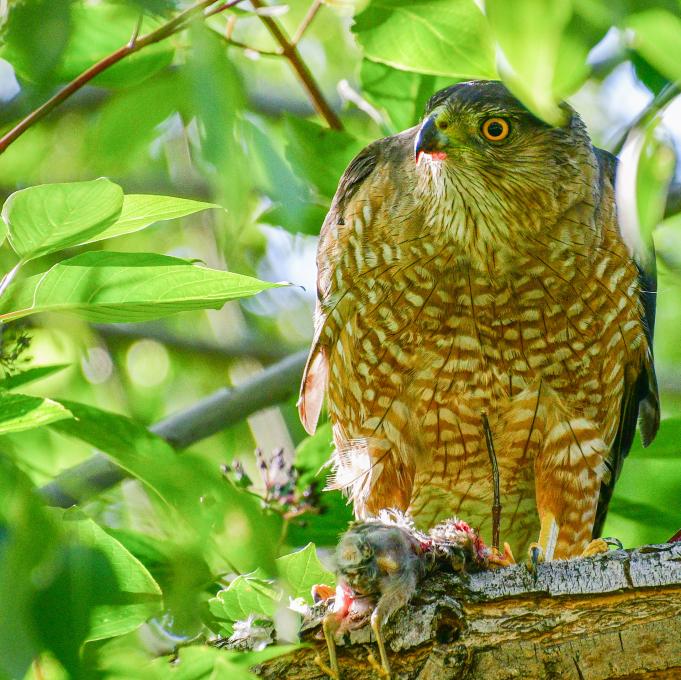 I found this adult Cooper's Hawk with a meal because one of two young ones was begging for food. I kept hearing this sound, looked up and here was this sight, with one young one looking on and the other making all this racket. I was looking for warblers! Ha!
I found this adult Cooper's Hawk with a meal because one of two young ones was begging for food. I kept hearing this sound, looked up and here was this sight, with one young one looking on and the other making all this racket. I was looking for warblers! Ha!
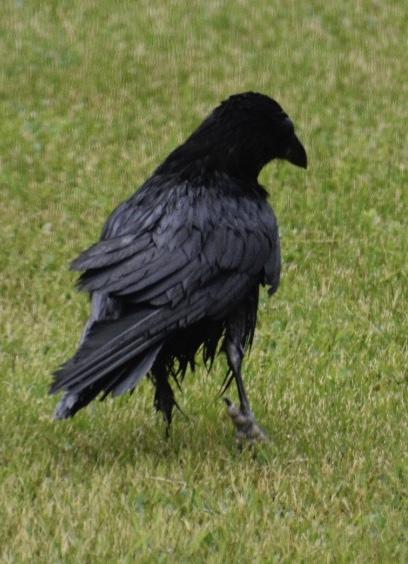
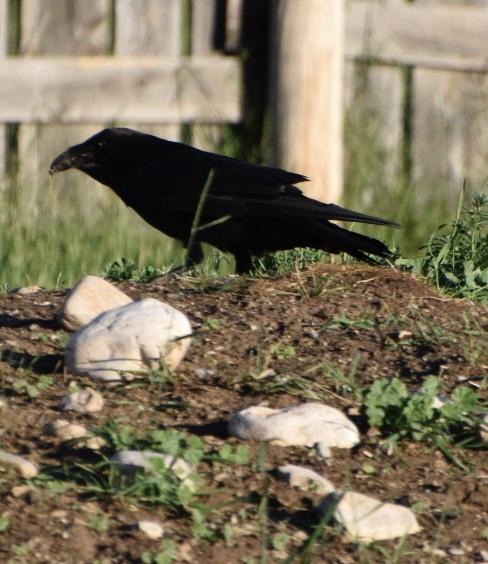
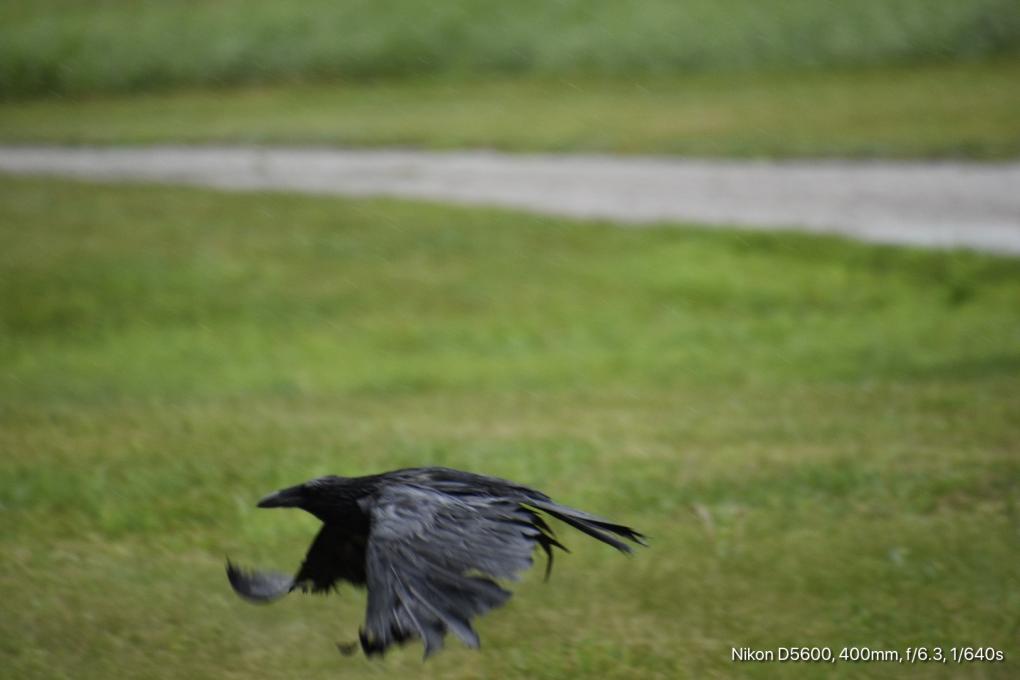 rural central Montana I was fascinated by the family of Ravens. First I noticed the size. They were the size of a small child. Then their call. Frequent and loud with a gravely texture. At times annoying and other times endearing. As I choose them for a subject I witnessed their graceful flight patterns. They became distressed when I edged near their nest and I chose to not go any further. After a few days of rain they hunted and foraged close to our house. Worms seem to be a fine appetizer
rural central Montana I was fascinated by the family of Ravens. First I noticed the size. They were the size of a small child. Then their call. Frequent and loud with a gravely texture. At times annoying and other times endearing. As I choose them for a subject I witnessed their graceful flight patterns. They became distressed when I edged near their nest and I chose to not go any further. After a few days of rain they hunted and foraged close to our house. Worms seem to be a fine appetizer 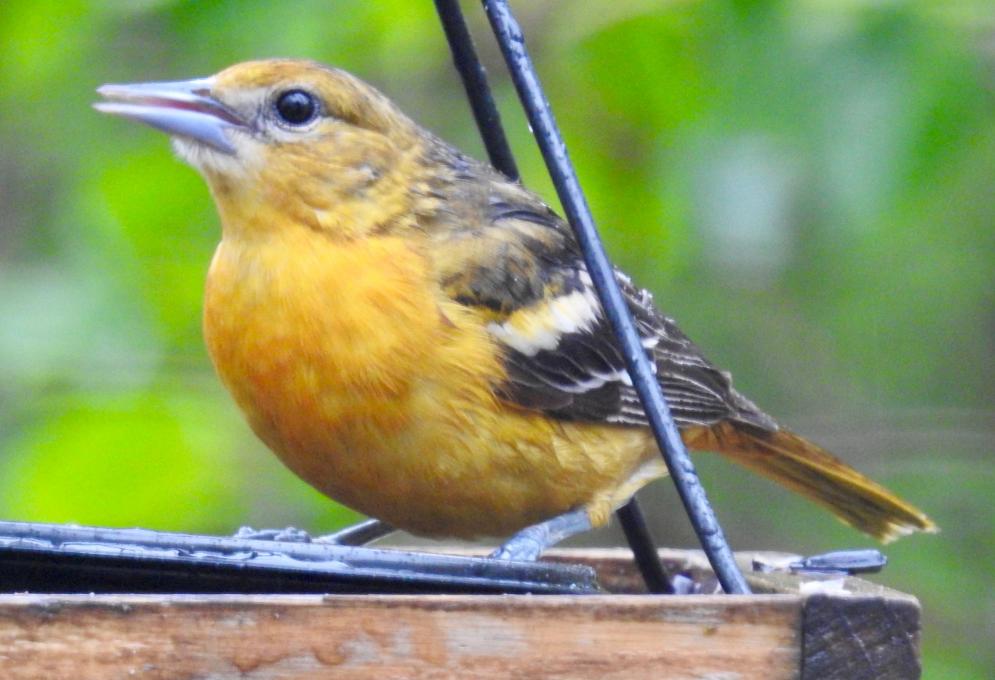
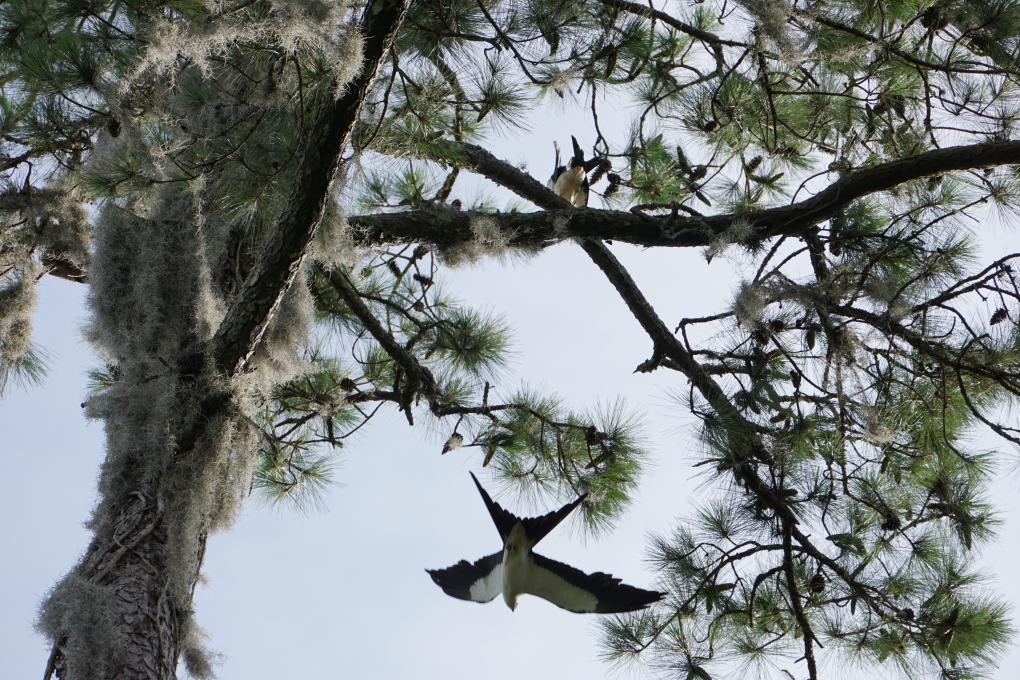 I see swallow-tailed kites regularly these days. In this shot, a juvenile kite sat on the branch in this loblolly pine in my back yard while its parents circled around and brought it food. This went on for more than an hour. I love to watch these birds soar over my neighborhood.
I see swallow-tailed kites regularly these days. In this shot, a juvenile kite sat on the branch in this loblolly pine in my back yard while its parents circled around and brought it food. This went on for more than an hour. I love to watch these birds soar over my neighborhood. 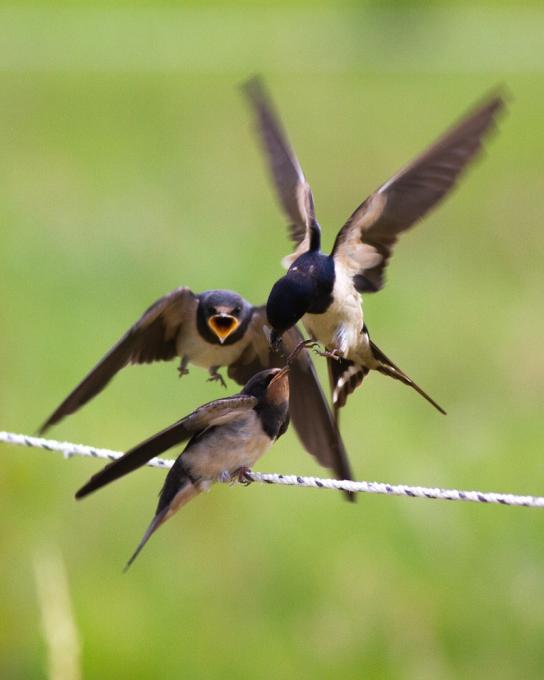
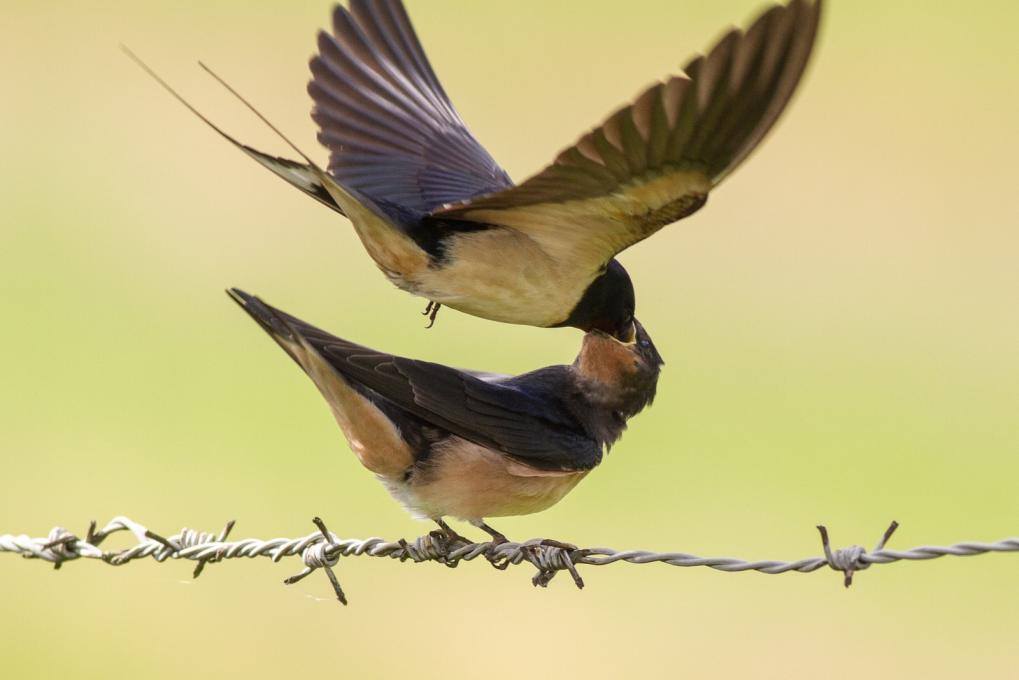
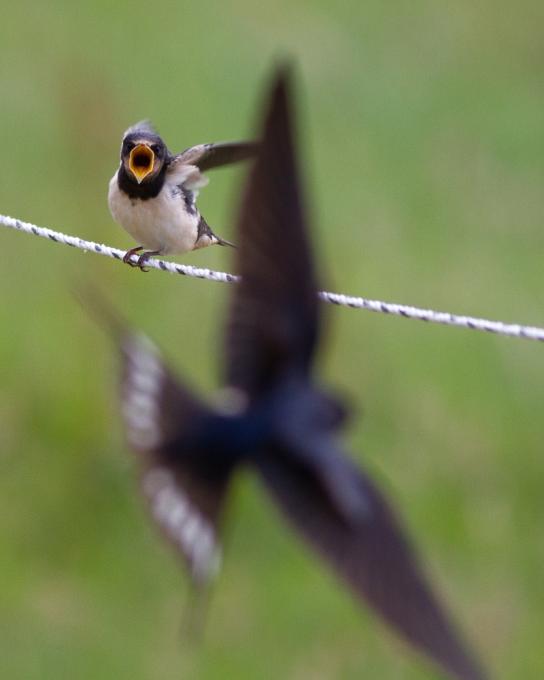
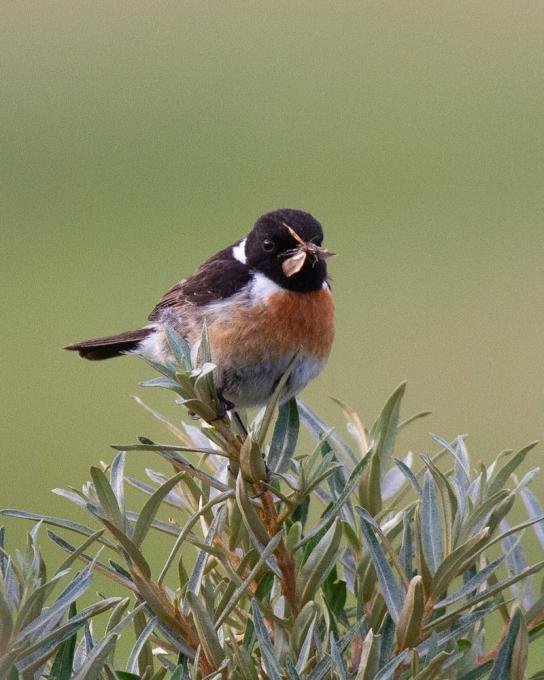
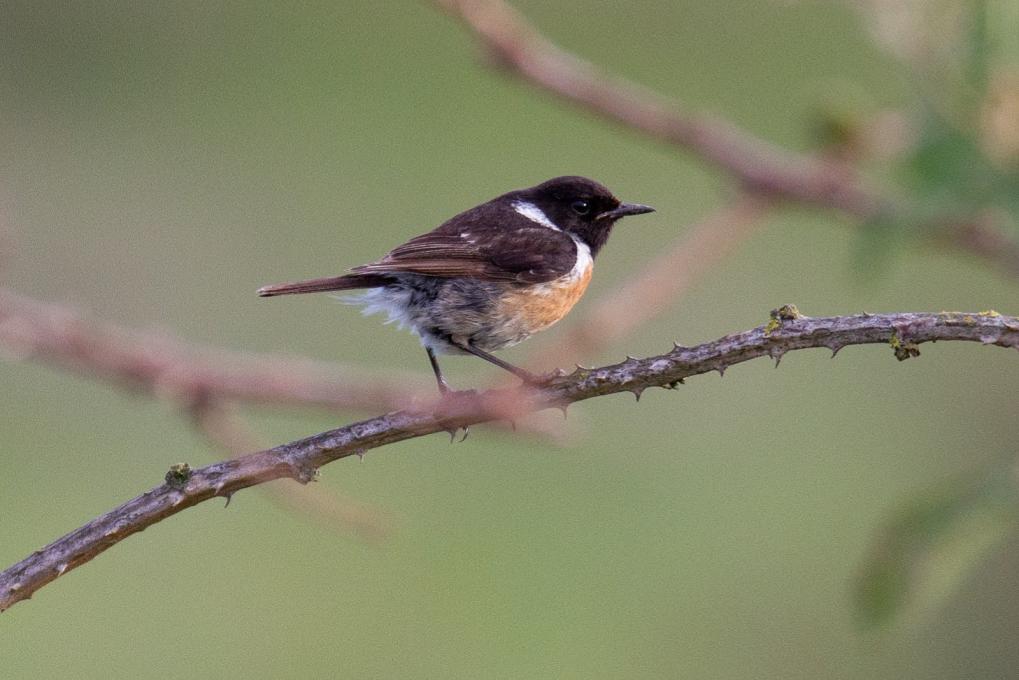
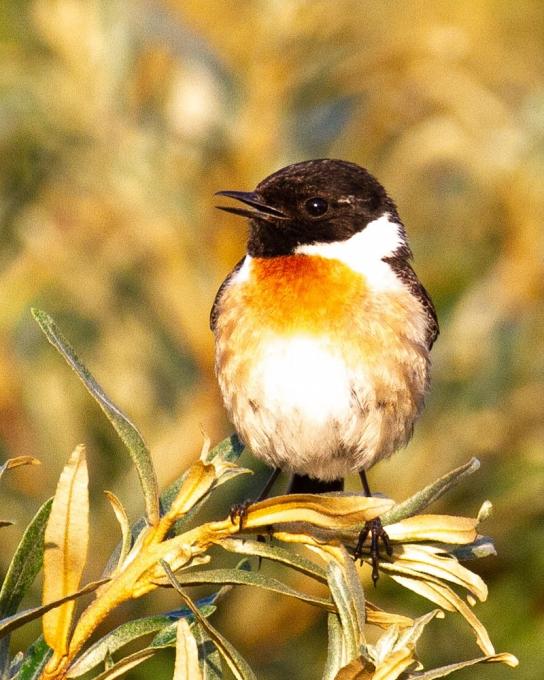
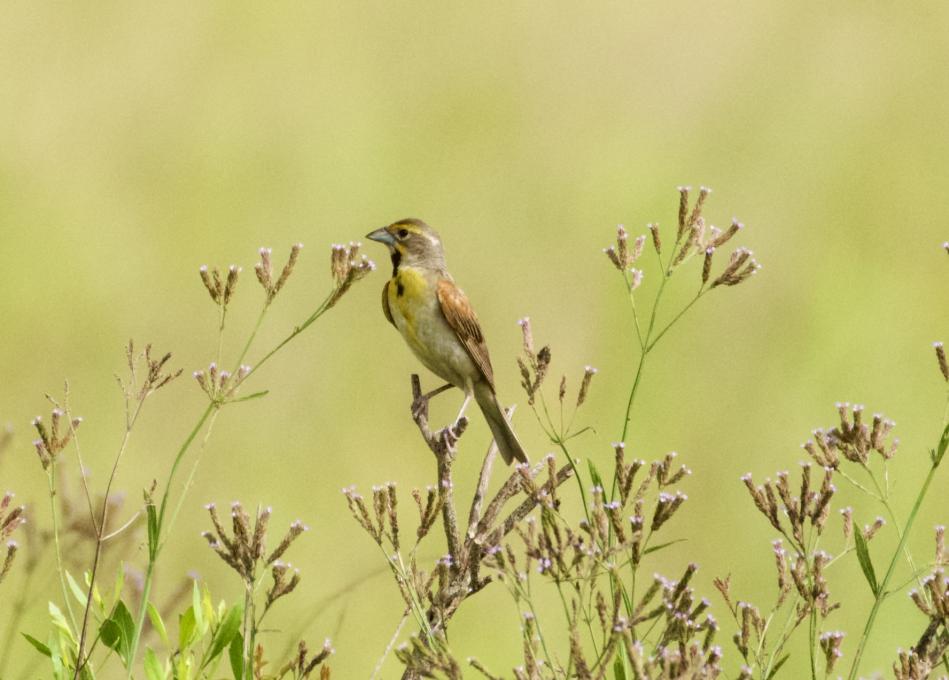
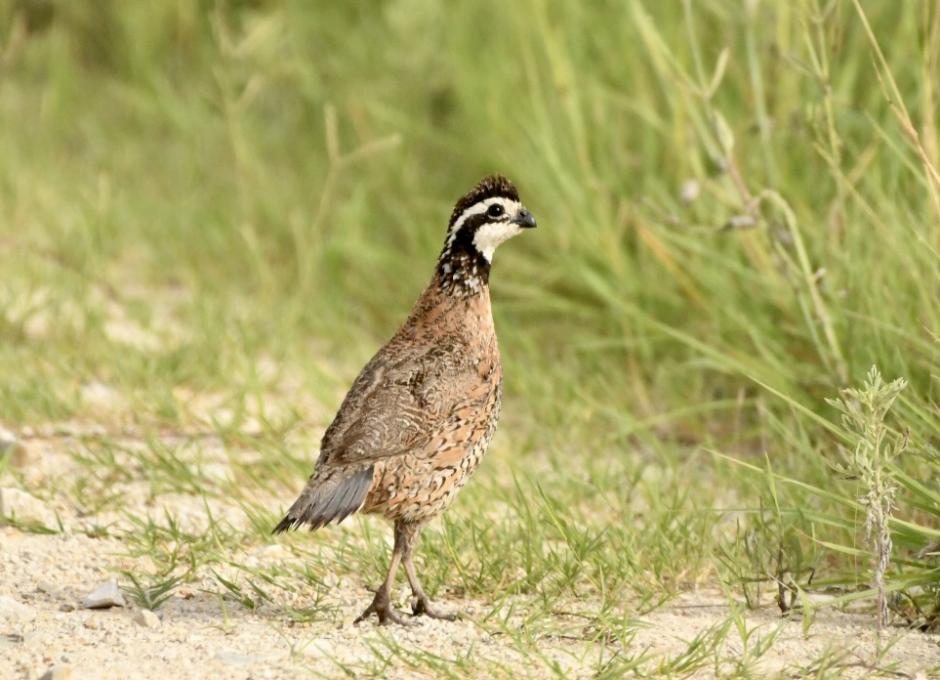
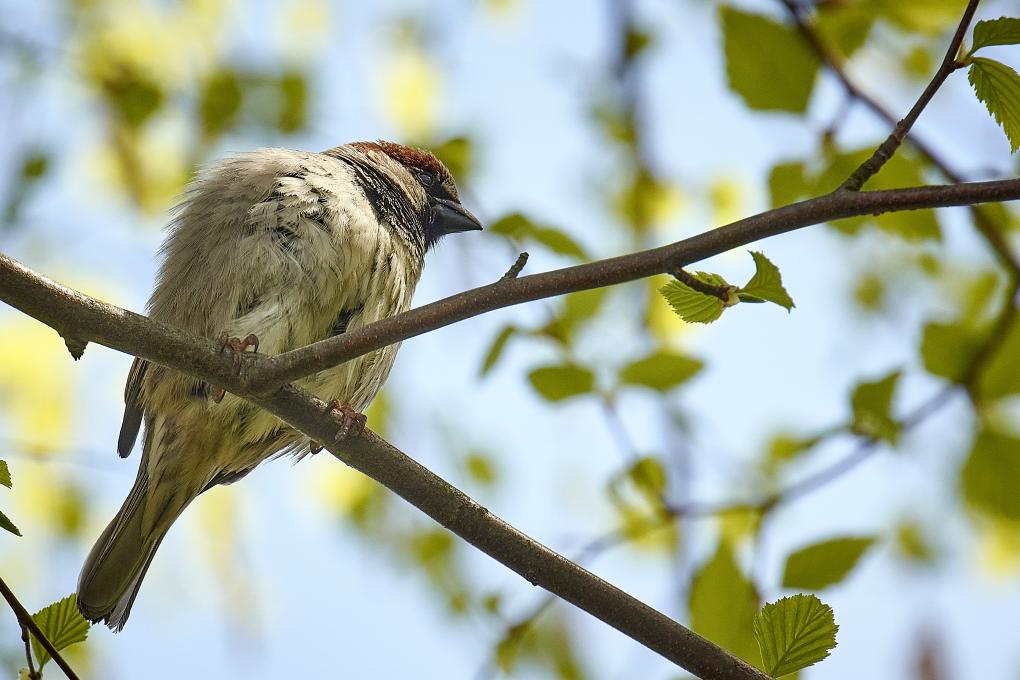
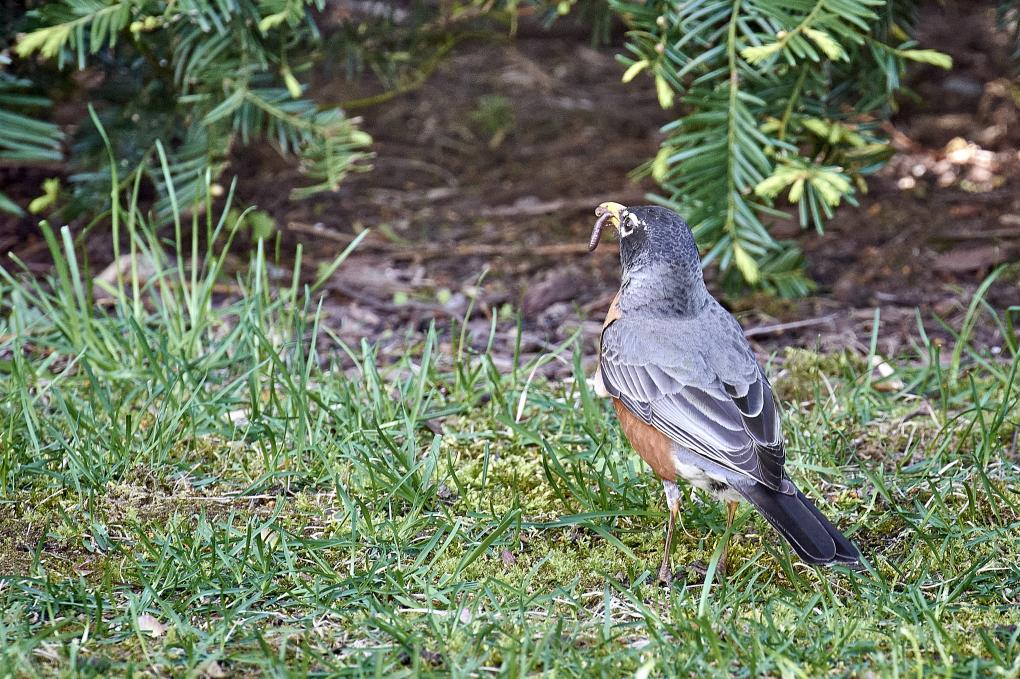
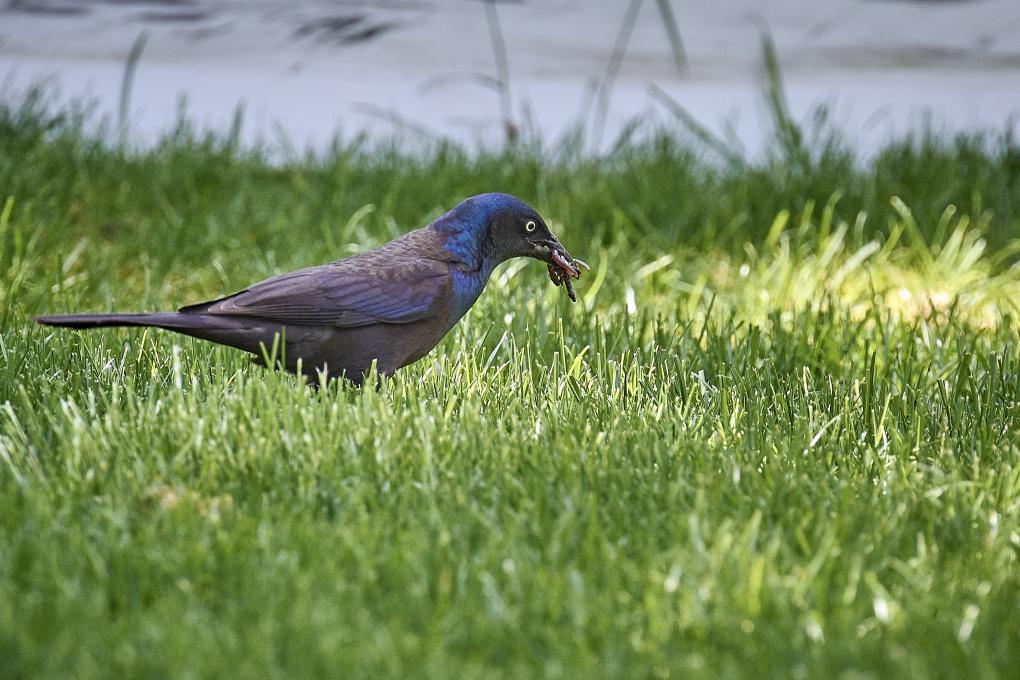
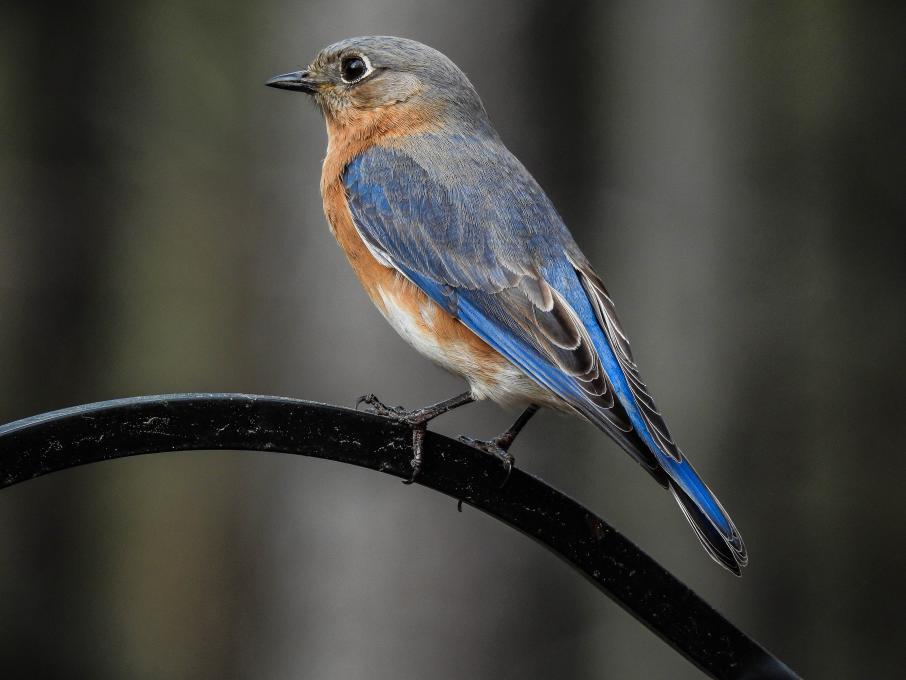
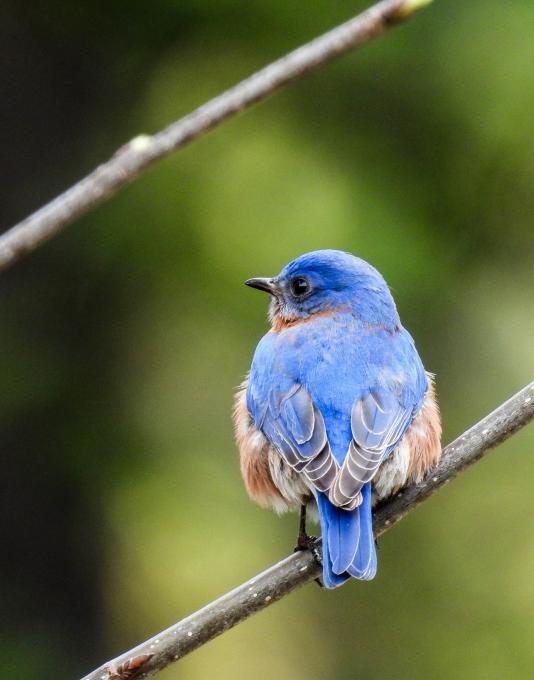 The virus has supplied both my wife and I with lots of time to observe our neighborhood friends. As recommended we have spent hours just watching their parenting and feeding traits. Knowing in advance where their favorite haunts are allows for planning the images. Our Atlanta backyard offers a lot of options for viewing entire families.
The virus has supplied both my wife and I with lots of time to observe our neighborhood friends. As recommended we have spent hours just watching their parenting and feeding traits. Knowing in advance where their favorite haunts are allows for planning the images. Our Atlanta backyard offers a lot of options for viewing entire families. 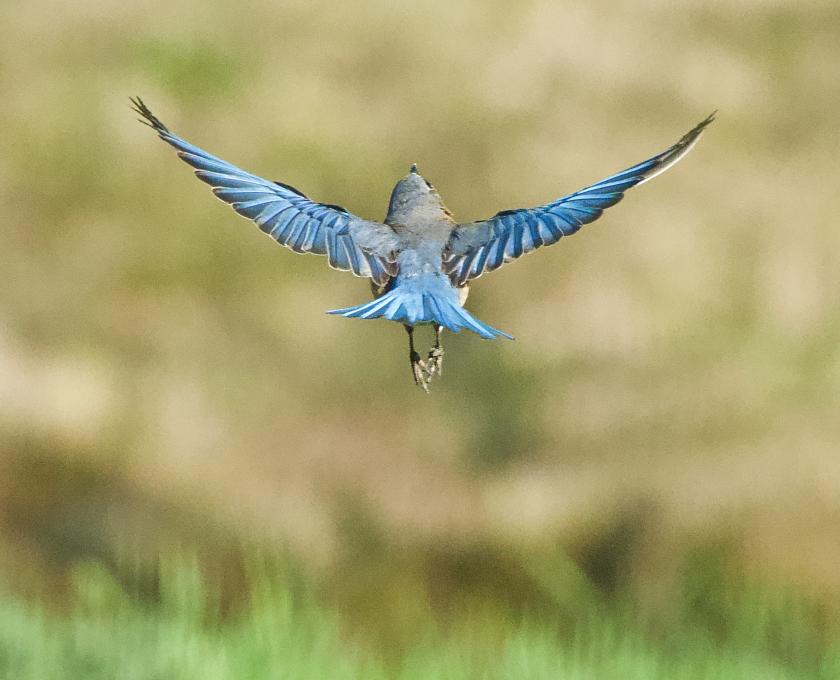
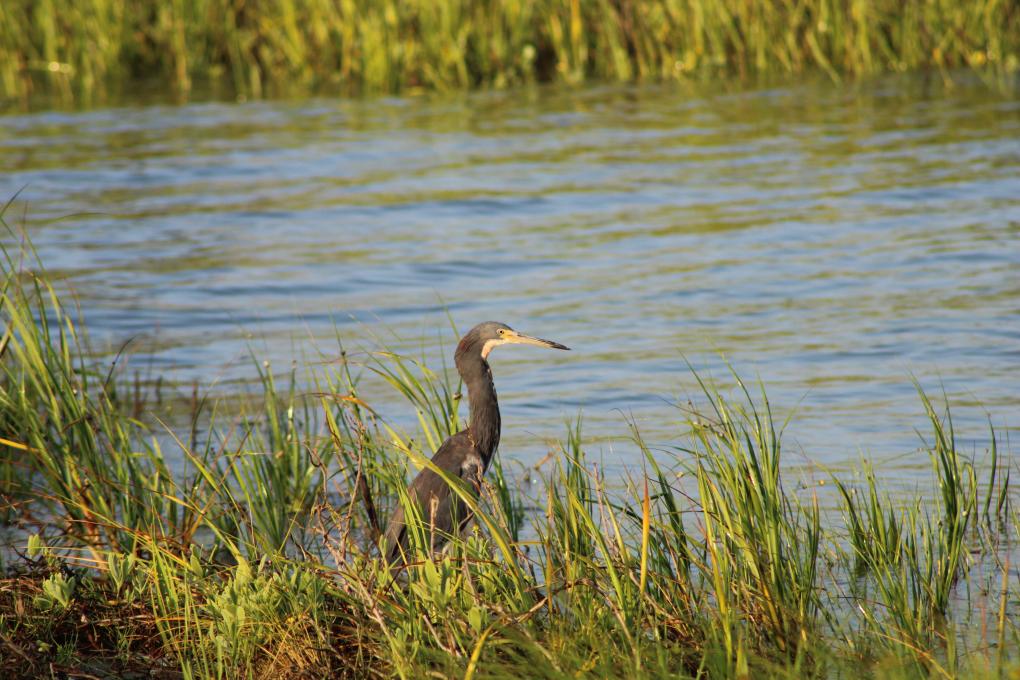 Found this Tricolored Heron at the junction of the marsh and beach on Tybee Island, Georgia.
Found this Tricolored Heron at the junction of the marsh and beach on Tybee Island, Georgia. 